57 Champions of Queer Feminism, All Name-Dropped in One Impossibly Catchy Song (original) (raw)
“Hot Topic”: The Complete Annotated Lyrics
In honor of _Le Tigre_’s 20th anniversary, your guide to the 57 champions of queer feminism name-dropped in the group’s most joyous song.
To hear “Hot Topic” and see our annotated lyrics, click above.
“Hot Topic” is a song of joy that comes from a place of frustration. “It was 1999 and the Riot Grrrl movement was kind of over, or it had imploded,” Kathleen Hanna says. The former Bikini Kill frontwoman had formed the feminist queer electropunk band Le Tigre, and she was determined to make a song to counteract how depressed she and her bandmates were about the tenor of the times. “Look,” she remembers the band deciding, “to get us out of this funk we need to celebrate all of the people who do inspire us.”
The result was the dance music of our Gen X, feminist dreams.
Founded by Hanna, writer/musician Johanna Fateman, and artist Sadie Benning, Le Tigre released its self-titled first album 20 years ago this month. For twentysomething feminists in 1999, no song captured the inspirational jolt we needed quite like “Hot Topic,” Le Tigre’s exuberant tribute to feminist and queer champions of the ‘90s and earlier. Part singalong, part encyclopedia, and catchy as hell—sans profanity and feminist references, it fit perfectly in a Kohl’s commercial for kids’ clothing—it’s both a bouncy dance number and a who’s who of end-of-century queer feminist thought, captured in three minutes and 45 seconds.
“Hot Topic” was the perfect way to close out a decade that had seen the feminist ire that had once animated Riot Grrrl defanged and repackaged into more palatable “girl power” pop music. “A lot of the things that had happened [in Riot Grrrl] were kind of like a lot of what’s happening now,” Hanna says. “You know, there’s effective call-out culture where productive dialogues begin, and then there’s really ineffective call-out culture where it’s just about winning a contest,” she says. “In Riot Grrrl, it was very much white middle class women trying to prove that they were less racist or less classist than someone else. And so it kind of became this, like, downwardly mobile beauty pageant in reverse.”
Inspired by Althea & Donna’s 1977 “Uptown Top Ranking” and Stevie Wonder’s 1976 “Black Man,” “Hot Topic” was a conscious response. “With both its somewhat goofy groove and very earnest lyrics,” Johanna Fateman recalls, the song declares “that affirmation, admiration, and celebration are emotional registers available to feminist punk.” The lyrics were a collaborative effort between Hanna, Fateman, and Benning: “We just all made lists and then we figured out what rhymed and put those people in,” Hanna says. This slightly haphazard approach resulted in a song that is both an essential and idiosyncratic list of feminist people and personalities, centered in New York City and Olympia, Washington, but including a North Carolina novelist, a Canadian cartoonist, and a Japanese artist.
But making any list of this sort carries some risks. “There was this fear like, oh, we’re gonna get attacked because we didn’t mention someone or we did mention someone,” Hanna says. “To me, that was a really important moment for the band. To say, ‘OK, so maybe people will come after us for not mentioning this person or whatever. But it’s just a fucking song. And it’s just a fucking snapshot. It doesn’t have to be perfect.’ ”
Fateman echoes that sentiment: “Ultimately, as we are against canon building, and the list is arbitrary in some ways due to it its inherent state of incompletion, to me it represents our spirit of experimentation and excitement at the time,” she says.
“Hot Topic” performed a neat feat by democratizing a lot of feminist knowledge: The song name-checked people many of us only learned about in our college women’s studies courses or in the pages of Bitch or Bust magazines. (Don’t forget that in 1999, we were still accessing the internet via dial-up and Wikipedia was two years away from being launched.)
“From the beginning people told us they looked up all the people we list,” Fateman says. “I’ve heard from art critics, curators, and collectors that they learned of artists from the songs; I’ve seen people discuss on Twitter how ‘Hot Topic’ was their gateway drug into Leslie Feinberg or Yoko Ono or Vaginal Davis. I’ve heard it’s the reason someone became a poet, a sculptor, started to make video art.” Some fans have gone even further: In the early 2000s, Canadian artist Kirsten McCrea painted portraits of every single person named in “Hot Topic.” (Those paintings illustrate our annotated lyrics, above.)
The song also afforded the band the opportunity to meet some of the feminist heroes they shouted out. Hanna was once on a panel with Carolee Schneemann, and the first thing the trailblazing feminist artist said to Hanna was, “It’s SHNAY-man, not SHNEE-man.” “She chastised me for pronouncing her name wrong,” says Hanna, “And I was like, Oh no, SHNAY-man’s mad at me. And then she asked for an autograph! And I was like, I can’t believe Carolee Schneemann is asking me for an autograph.”
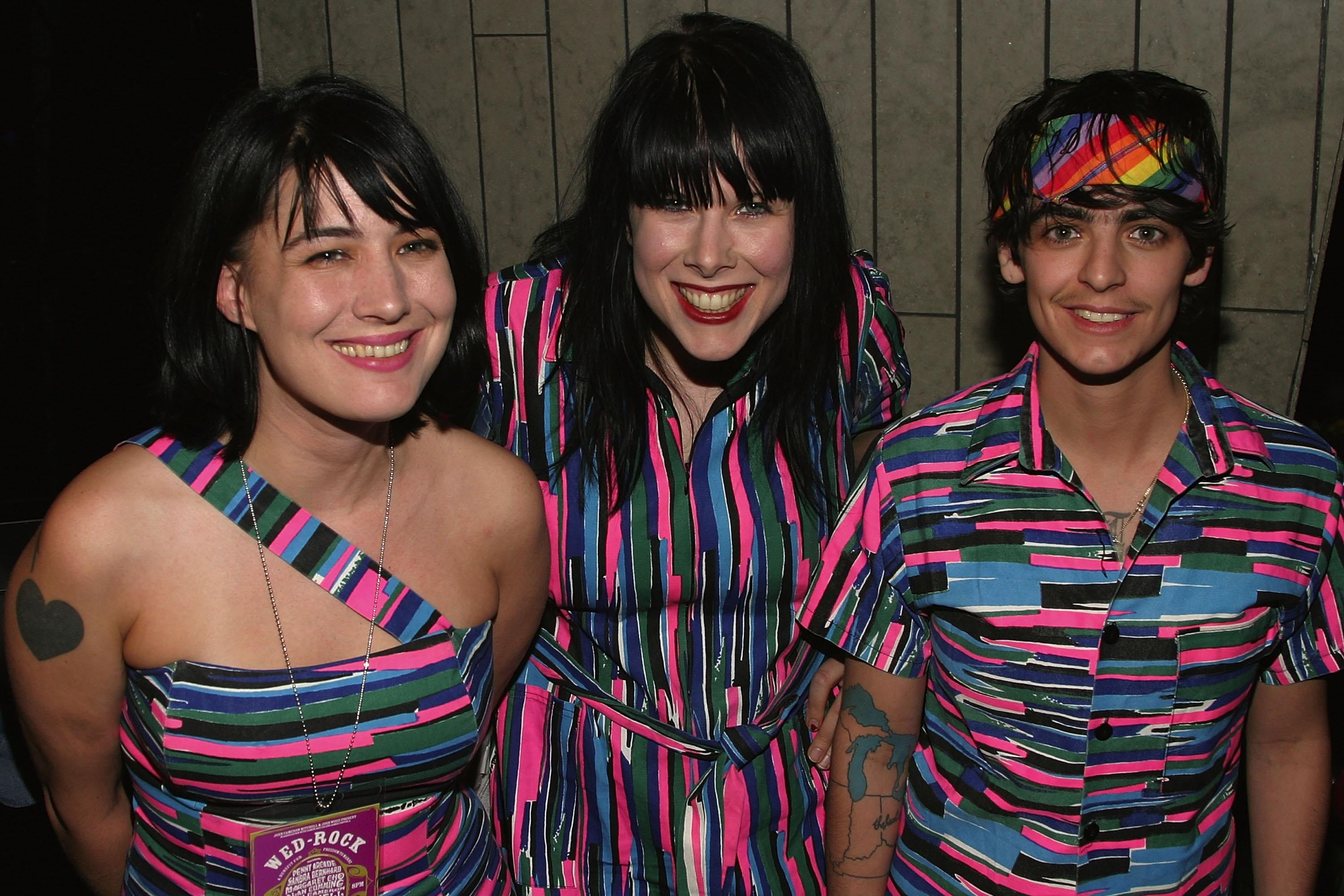
Le Tigre in 2004. From left to right: Kathleen Hanna, Johanna Fateman, and JD Samson. Thos Robinson/Getty Images
SHNEE-mans and all, “Hot Topic” is an impeccable artifact of ’90s third-wave feminism, deeply personal and rich with intersectional aspiration. As a feminist in my 40s, I can see the generational fault lines around “Hot Topic.” Many of the artists referenced were trailblazers in decades past and their achievements were—and still are—radical. Yet, much of their work was grounded in white feminism, along with essentialist ideas of gender and identity that feel out of step with the trans-inclusive and gender nonconforming emphasis of younger feminists. To take just one example: Le Tigre and several of the musicians referenced in the song played the now-defunct Michigan Womyn’s Music Festival in the late ’90s and 2000s, and were caught up, to varying degrees, in the decadeslong, painful controversy around the festival’s trans-exclusionary booking policy, which indisputably contributed to its declining relevance among younger people.
Two decades after it was released, “Hot Topic” continues to resonate with its call to celebrate the people who have done, and who are doing, the work. (When I asked Fateman whom she would include if she were to write a new “Hot Topic” today, she sent me a list of more than 70 people that ranged from Stacey Abrams and Phoebe Waller-Bridge to Nobel Prize–winning Austrian writer Elfriede Jelinek. If Hanna were writing it today, she’d include a lot more comedians in it. “Feminist comedy is the new punk rock,” she says.) And—because it’s such an artifact of its time—“Hot Topic” is a perfect primer for twentysomething and younger feminists seeking out inspiration from feminists of my generation and those who inspired us. To celebrate two decades of “Hot Topic,” here’s an annotated guide to every person name-dropped in the song, a pre-Wikipedia compendium of ‘90s feminist knowledge transmitted to you via blazingly fast 5G.
Hot topic is the way that we rhyme
Hot topic is the way that we rhyme
One step behind the drum style
One step behind the drum style
Carol Rama and Eleanor Antin
Yoko Ono and Carolee Schneemann
You’re getting old, that’s what they’ll say, but
Don’t give a damn I’m listening anyway
Stop, don’t you stop
I can’t live if you stop
Don’t you stop
Gretchen Phillips and Cibo Matto
Leslie Feinberg and Faith Ringgold
Mr. Lady, Laura Cottingham
Mab Segrest and the Butchies, man
Don’t stop
Don’t you stop
We won’t stop
Don’t you stop
So many rules and so much opinion
So much shit to give in, give in to
So many rules and so much opinion
So much bullshit but we won’t give in
Stop, we won’t stop
Don’t you stop
I can’t live if you stop
Tammy Rae Carland and Sleater-Kinney
Vivienne Dick and Lorraine O’Grady
Gayatri Spivak and Angela Davis
Laurie Weeks and Dorothy Allison
Stop, don’t you stop
Please don’t stop
We won’t stop
[Spoken]
Gertrude Stein! Marlon Riggs! Billie Jean King! Ut! DJ Kuttin Kandi! David Wojnarowicz! Melissa York! Nina Simone! Ann Peebles! Tami Hart! The Slits! Hanin Elias! Hazel Dickens! Cathy Sisler! Shirley Muldowney! Urvashi Vaid! Valie Export! Cathy Opie! James Baldwin! Diane DiMassa! Aretha Franklin! Joan Jett! Mia X! Krystal Wakem! Kara Walker! Justin Bond! Bridget Irish! Juliana Lueking! Cecilia Dougherty! Woo, Ariel Schrag! The Need! Vaginal Creme Davis! Alice Gerrard! Billy Tipton! Julie Doucet! Yayoi Kusama! Eileen Myles!
Oh no, no, no don’t stop
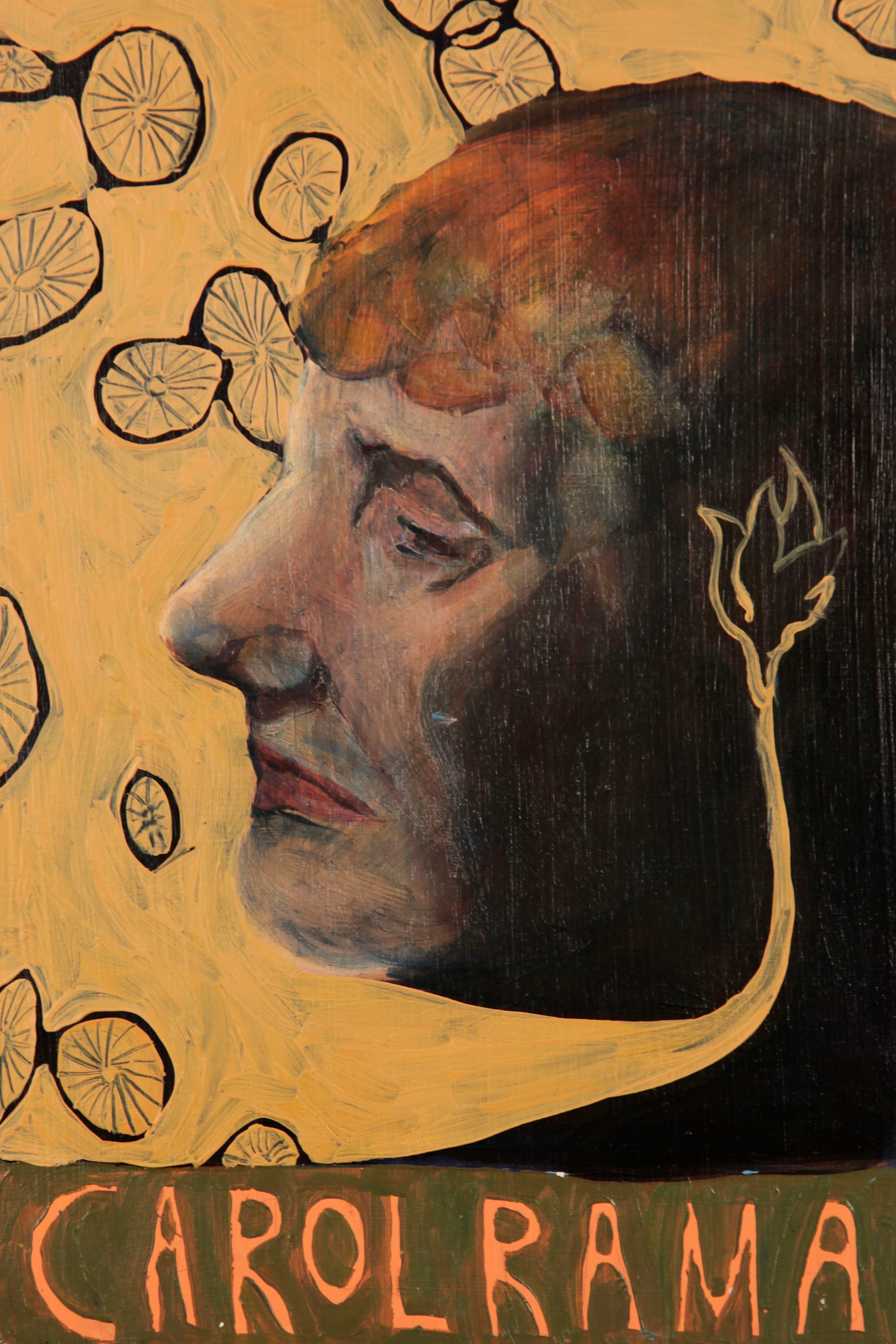
Carol Rama
An Italian artist born in 1918 whose first exhibition in 1945 was declared obscene by the Italian police and shut down before it even opened. Despite the fact that she had no formal training, Rama’s work was consistently at the vanguard in its exploration of the body, sexuality, desire, and madness throughout the eight decades of her career. Underappreciated by the contemporary art world for almost her entire life, Rama continued to work until her death in 2015 at the age of 97. She has since been the subject of belated retrospectives in the U.S. and Europe, including a 2017 exhibition at the New Museum in New York.
Recommended Work: It’s still difficult to find good selections of Rama’s work online, but this video offers a good survey. ⬆
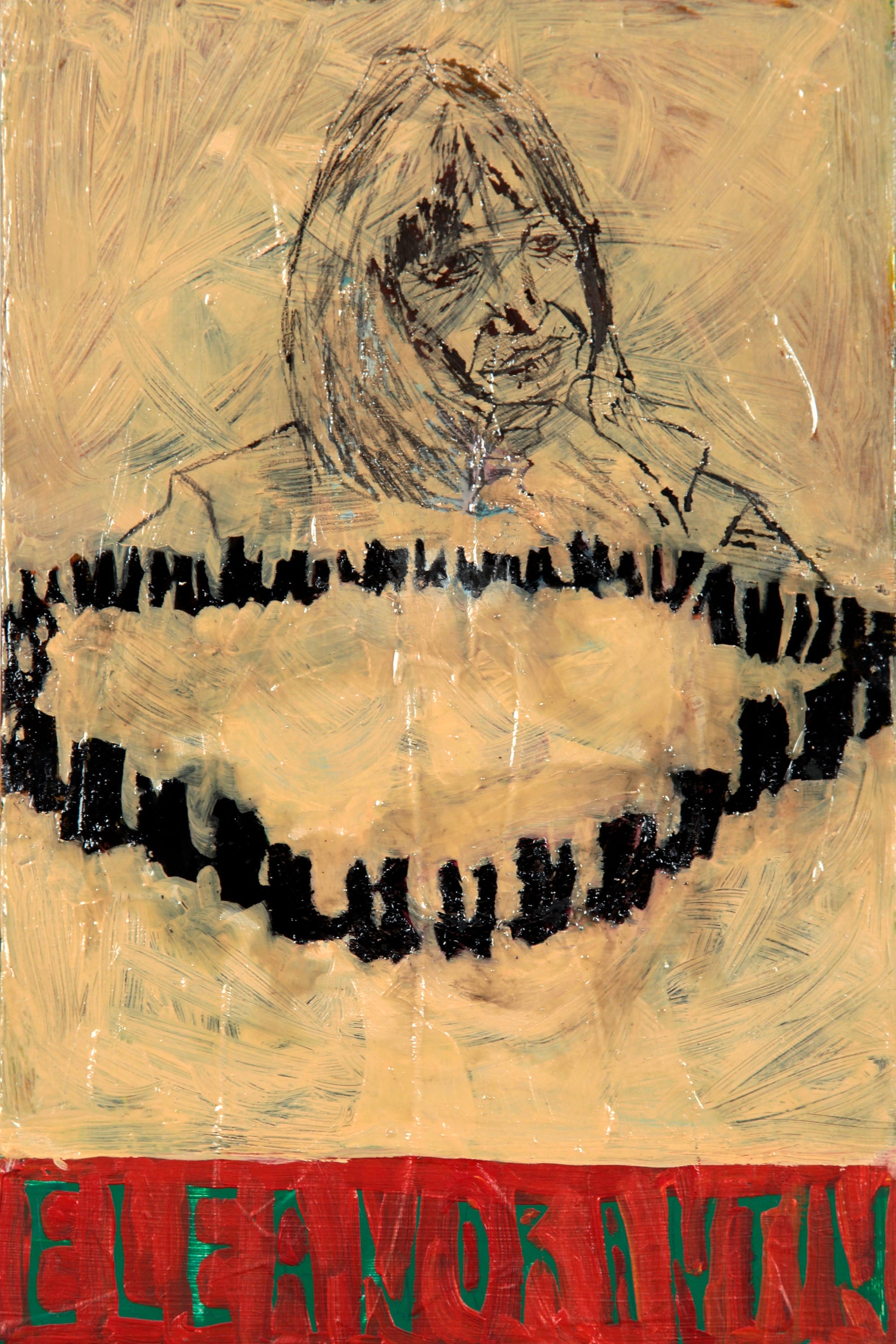
Eleanor Antin
A performance, installation, and video artist. Her landmark 1972 installation work CARVING: A Traditional Sculpture is a series of 148 photographs of Antin’s naked body, documenting the 10 pounds she lost over 37 days of dieting. She revisited this work in 2017 at the age of 82 with CARVING: 45 Years Later.
Recommended Work: Eleanor Antin: Time’s Arrowis a recent exhibition that pairs both works in the CARVING series. ⬆
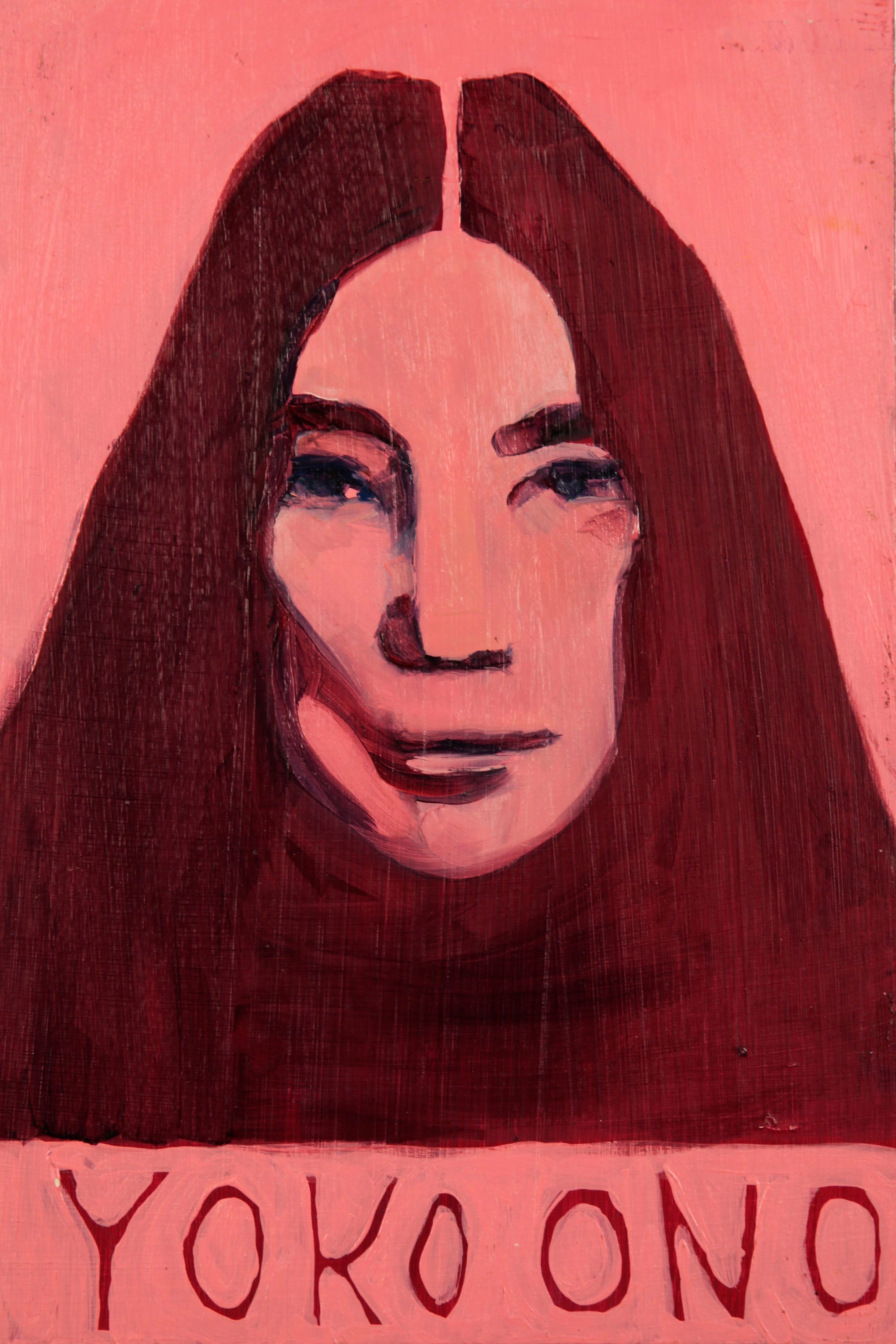
Yoko Ono
One of the most influential artists of all time, despite the decades of scorn heaped on her by (mostly male) music fans for the crime of being so awesome and avant-garde that John Lennon fell in love with her. Her 1964 book of artist instructions Grapefruit and her performance Cut Piece of the same year are seminal pieces of conceptual art. (Ono reprised Cut Piece in Paris in 2003 and enlisted the musician Peaches to recreate it in 2013.) Ono also remains a prolific musician; check out the video of her 2013 “Bad Dancer,” which includes Justin Vivian Bond and members of Cibo Matto,among other artists.
Recommended Work: Ono’s work continues to feel more relevant with every decade. Take “Cambridge, 1969,” a 26-minute improvised song in which Ono shrieks and howls to the accompaniment of John Lennon’s feedback. Twenty-six minutes of a woman screaming? If anything, it should be longer. ⬆
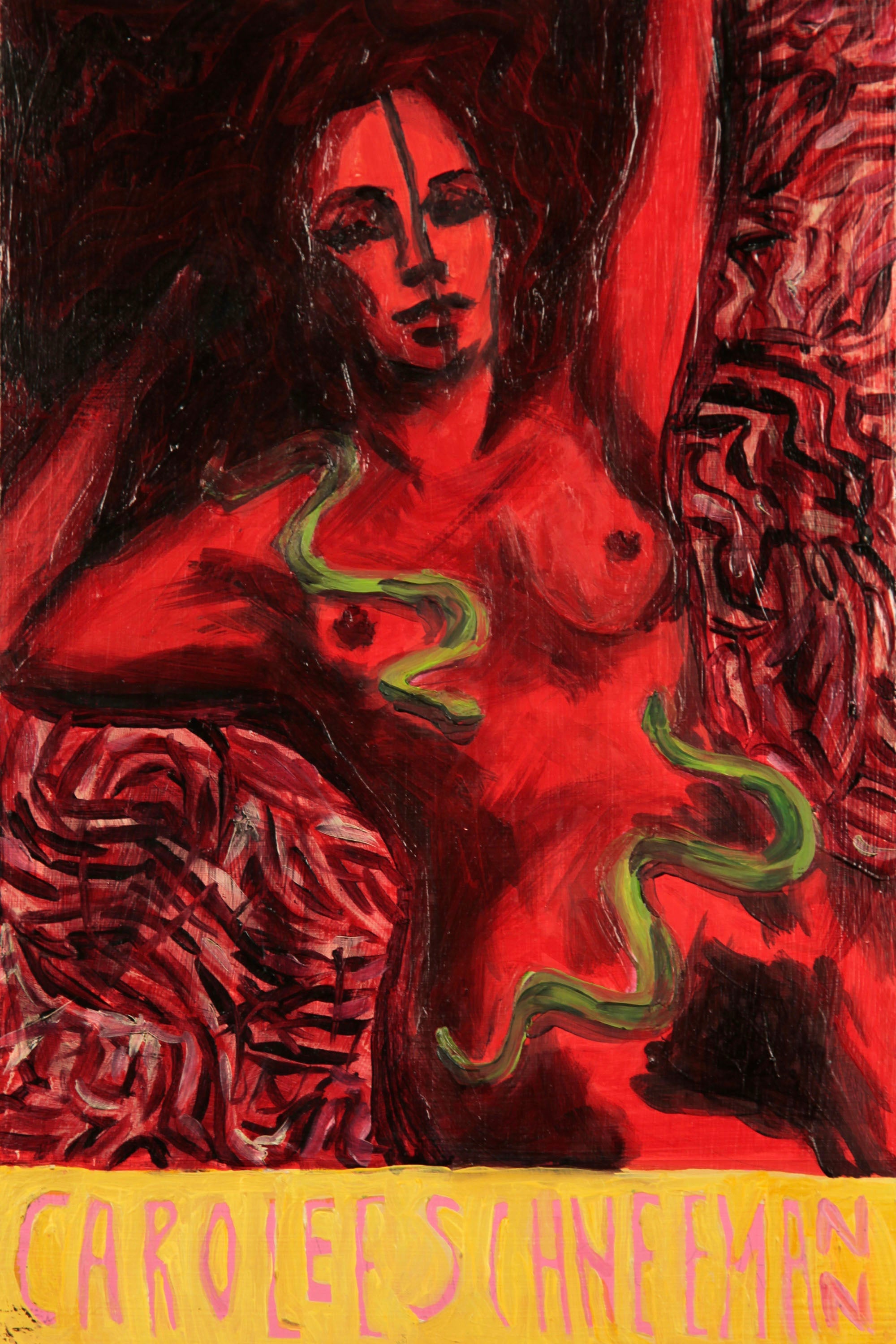
Carolee Schneemann
An artist notable for the way she used flesh (including her own) as material. Her seminal 1960s performance piece and film Meat Joy featured women and men writhing around with raw chicken, sausages, and fish along with paint and other artist implements. In her 1973 Up to and Including Her Limits, she created a kinetic work by suspending herself from a harness and drawing on spaces with crayons. (Schneemann is also reputed to have been an inspiration for the character of Maude Lebowski.) She died in March 2019.
Recommended Work: Interior Scroll, in which Schneemann stood naked and removed a scroll from her vagina and read its text, literalizing the creative power of female sexuality. ⬆
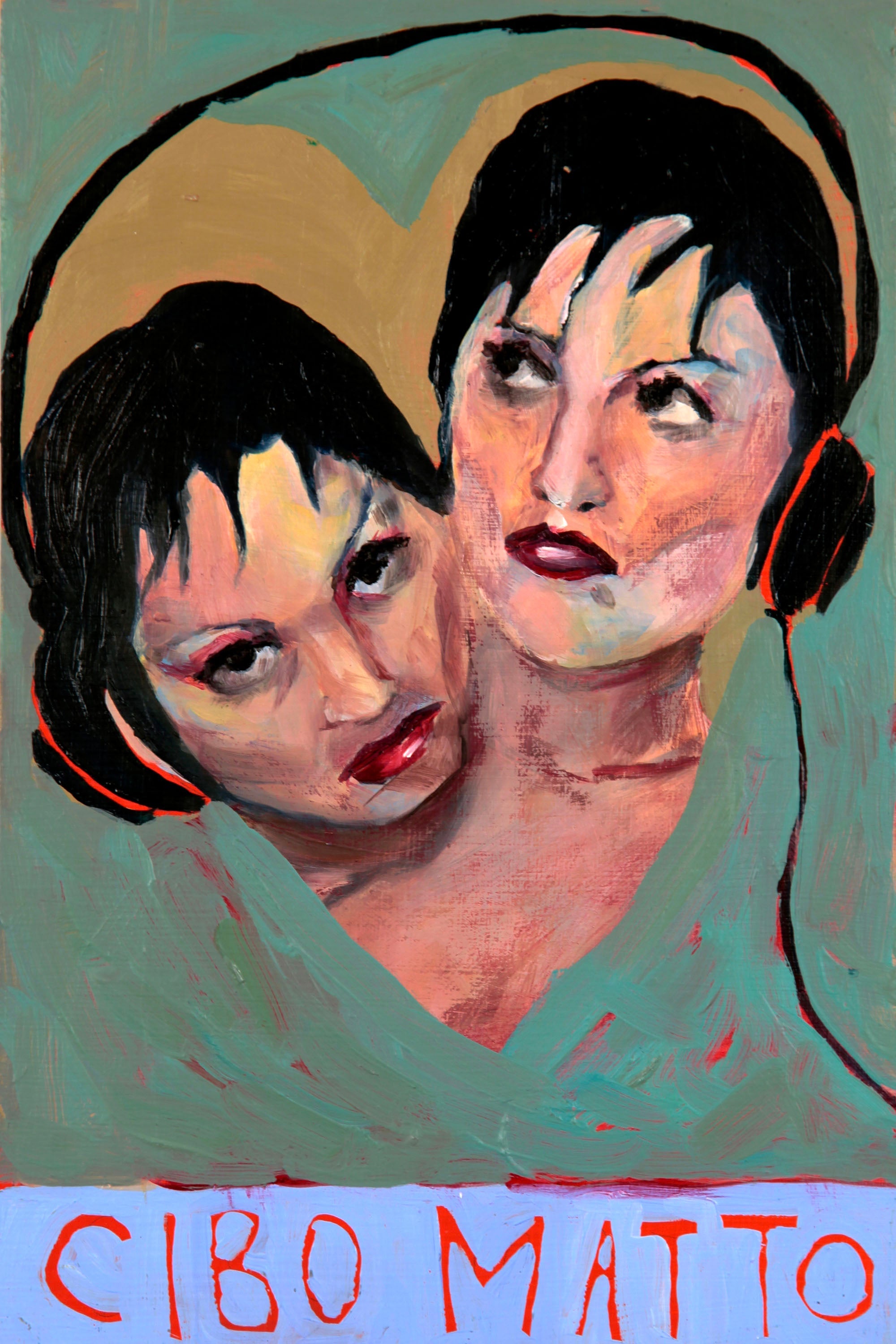
Cibo Matto
Just about everyone’s favorite music crush in the late ’90s and absolutely one of the top five acts ever to appear at the Bronze in Buffy the Vampire Slayer. Founded by Japanese expats Yuka Honda and Miho Hatori (occasionally backed up by Yoko Ono’s son Sean Ono Lennon), Cibo Matto made music that was a delightful and slyly subversive blend of trip-hop, pop, and food obsession. Their debut album, 1996’s Viva! La Woman, spawned several minor college-rock hits.
After reuniting in 2011, the band broke up in 2017.
Recommended Work: This Cibo Matto set from Ono’s Meltdown festival in 2013. (Skip to the 55-minute mark to see Ono join them for their signature song “Know Your Chicken.”) ⬆
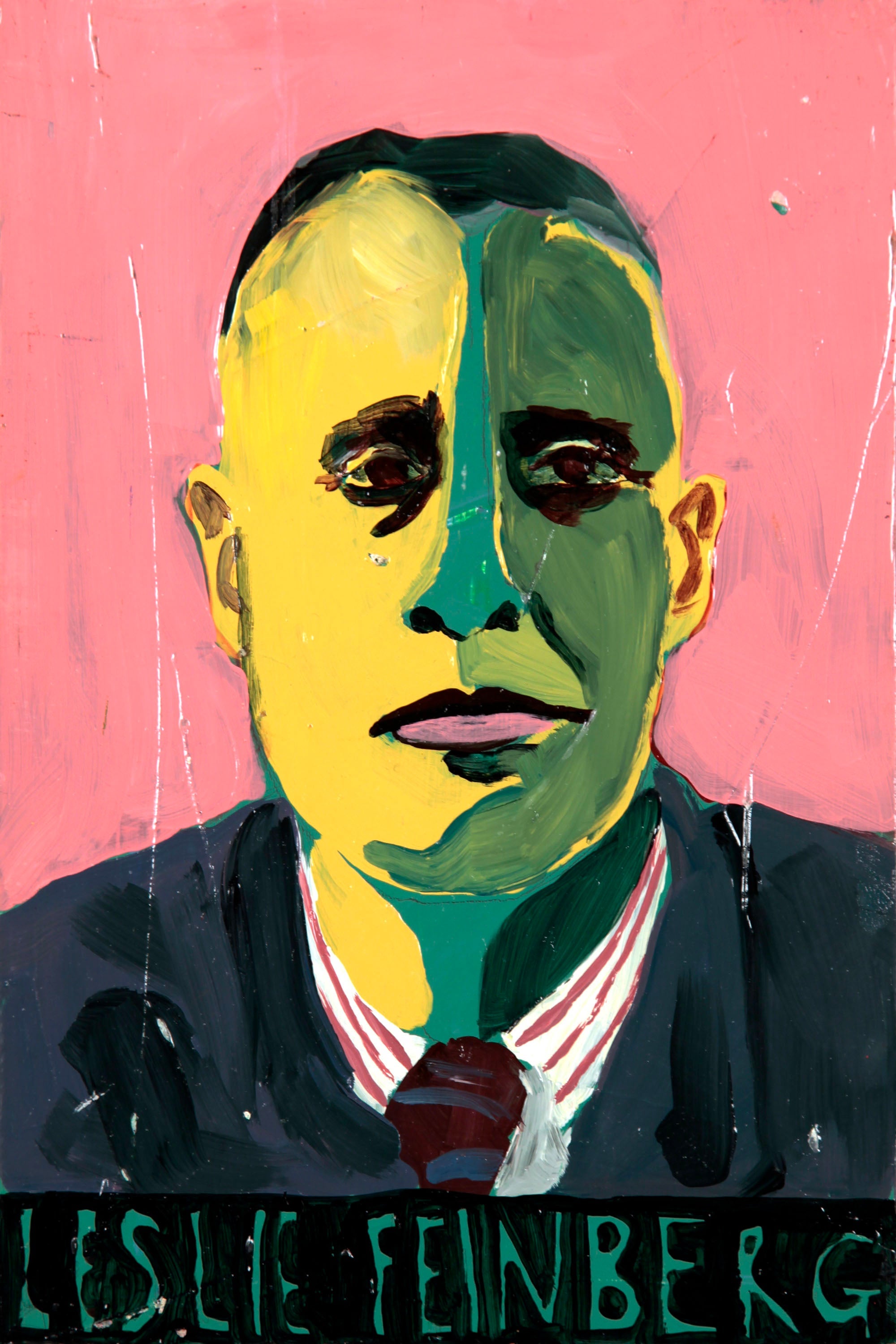
Leslie Feinberg
A groundbreaking writer, transgender activist, and self-identified revolutionary communist whose novel Stone Butch Blues has been an essential queer coming-of-age novel and exploration of butch identity since it won the Stonewall Book Award in 1994. Feinberg was also a driving force for Camp Trans, the annual event protesting trans exclusion at the Michigan Womyn’s Music Festival. Feinberg died in 2014.
Recommended Work: Stone Butch Blues. ⬆

Mr. Lady
An independent feminist and queer record label and video art distributor co-founded in 1996 by Tammy Rae Carland and musician Kaia Wilson of queercore bands Team Dresch and the Butchies. Le Tigre released their first two albums on Mr. Lady. The label was active until 2004.
Recommended Work: The 2001 Mr. Lady compilation album Calling All Kings & Queens, which includes Le Tigre and a number of other artists shouted out in “Hot Topic”: Sleater-Kinney, the Butchies, Justin Vivian Bond’s Kiki and Herb, Gretchen Phillips, and Vaginal Davis’ PME. ⬆
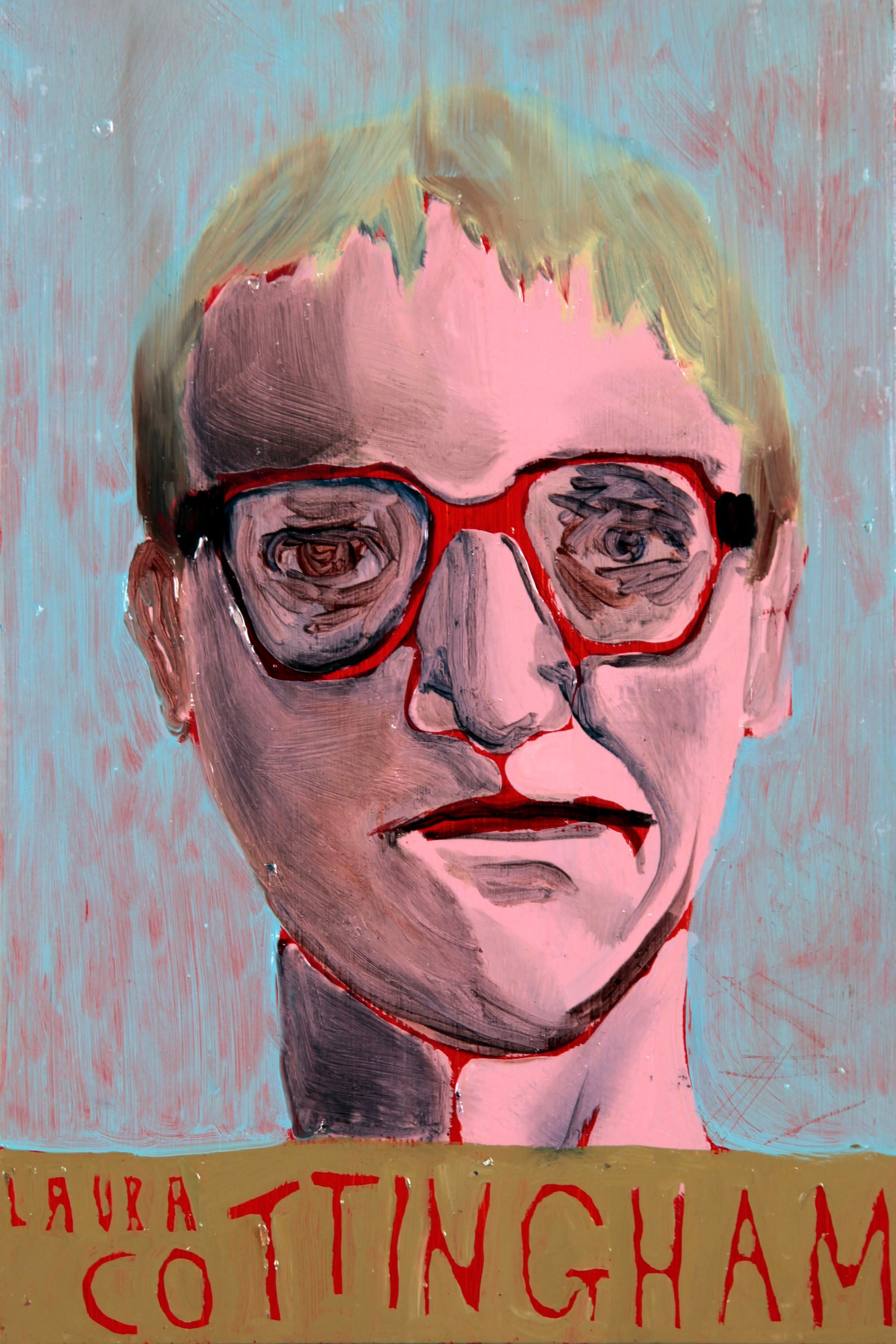
Laura Cottingham
An artist and art critic whose 1998 video essay Not for Sale: Feminism and Art in the USA during the 1970s, featuring archival footage, artist interviews, and music by Yoko Ono, was a much-needed exploration of feminist art during a time when exhibitions on the subject were still few and far between.
Recommended Work: The Anita Pallenberg Story, a 2000 collaboration with filmmaker Leslie Singer, which explores sexual politics, rock ’n’ roll, and the art world through the figures of the Rolling Stones and Pallenberg, a model-actress often thought of as the band’s “muse.” ⬆
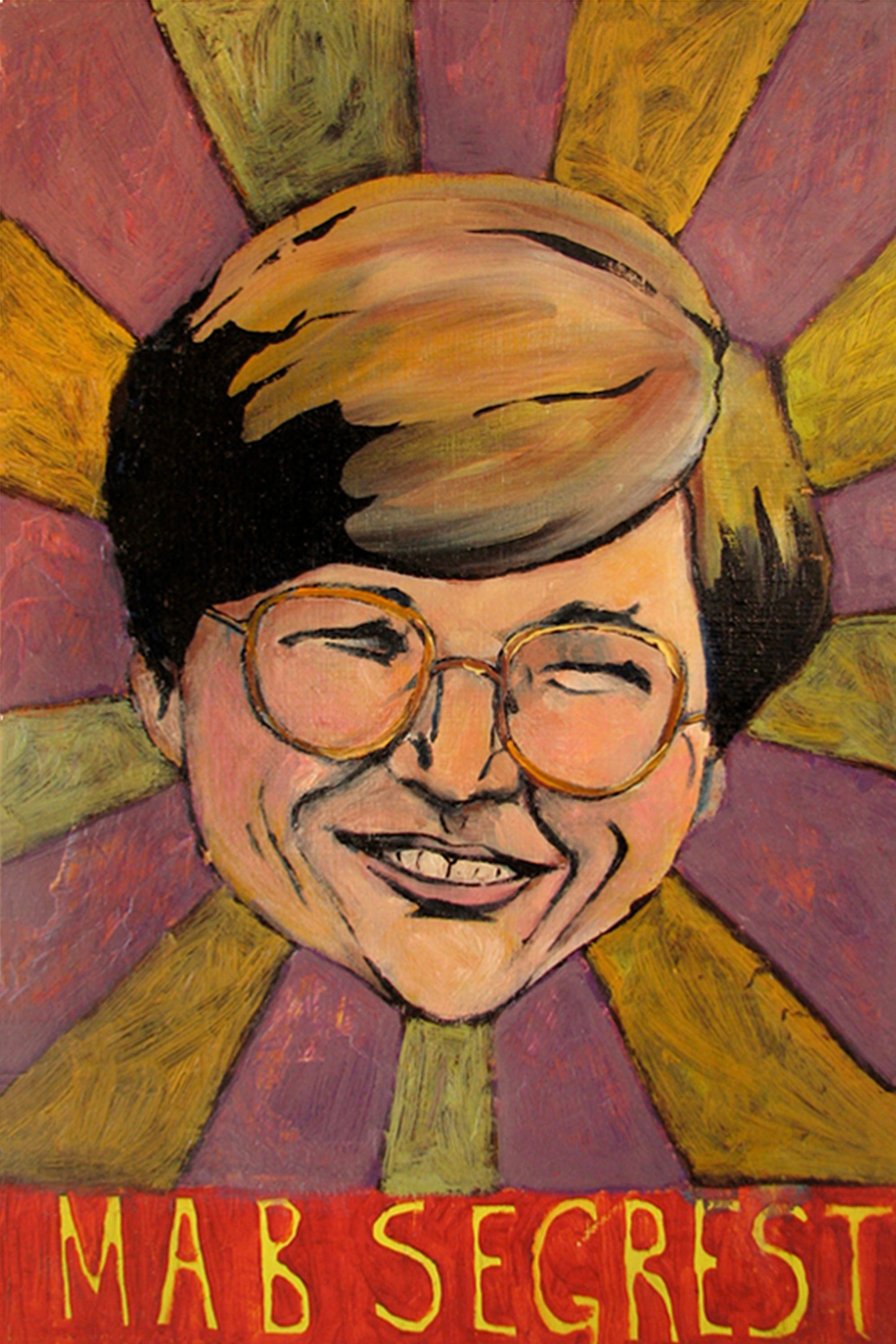
Mab Segrest
A lesbian anti-racist activist, writer, and scholar who organized against the Klan in the South.
Recommended Work: Segrest’s 1994 Memoir of a Race Traitor became one of the decade’s most influential texts about anti-racist work. The book was out of print for many years, but in light of the recent resurgence of white supremacy, it’s gratifying that a new edition was just published last month. ⬆
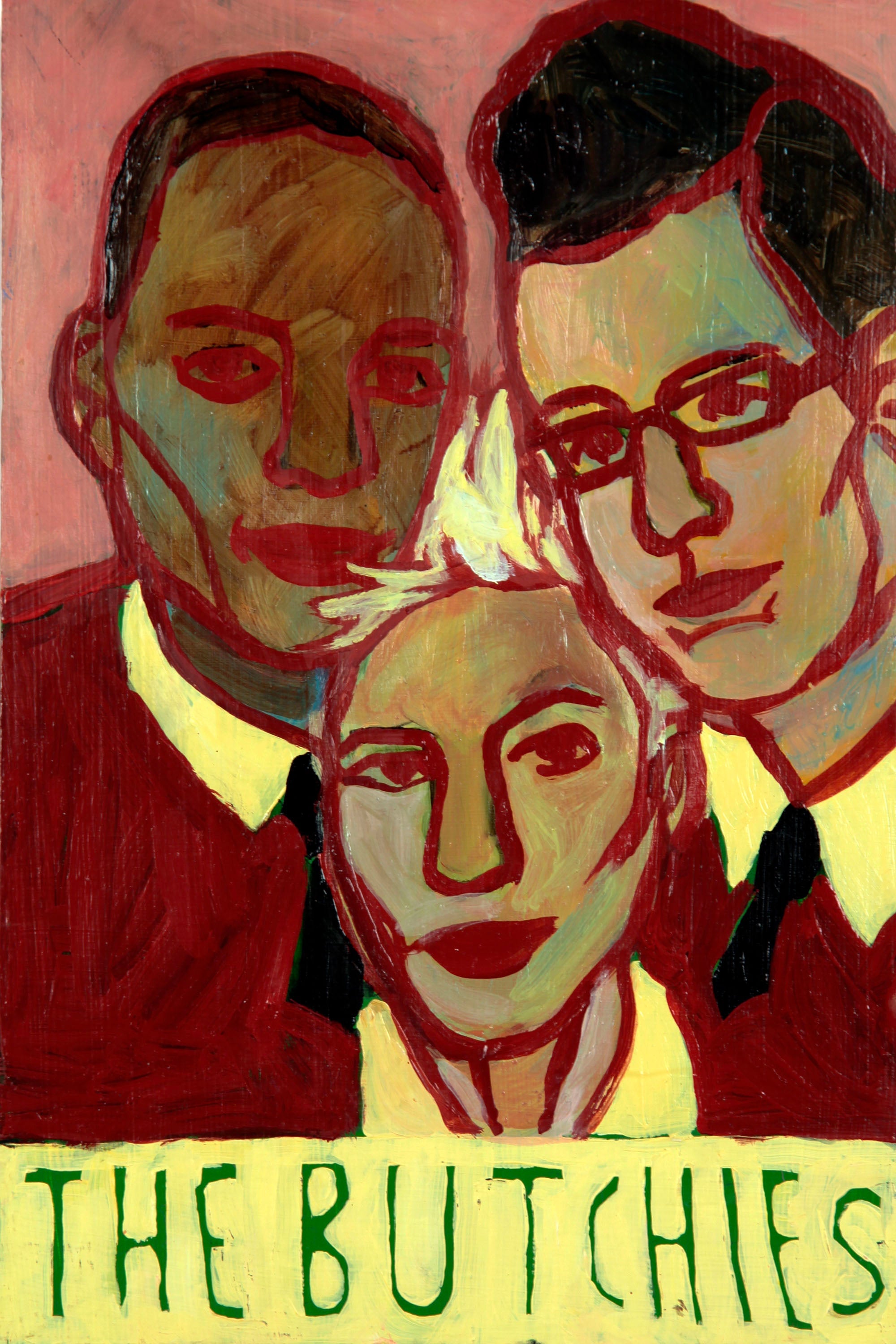
The Butchies
A Durham, North Carolina–based queercore trio composed of former Team Dresch members Kaia Wilson and Melissa York, along with Alison Martlew. Their debut album Are We Not Femme? included the song “The Galaxy Is Gay,” which in 1999 was featured in the “lesbian-kiss episode” (happily no longer a thing) of Party of Five. The band broke up in 2005.
Recommended Work: “Send Me You” from their 2004 record Make Yr Life. In two minutes and 45 seconds, you’ll understand why so many of us were smitten with the band. ⬆
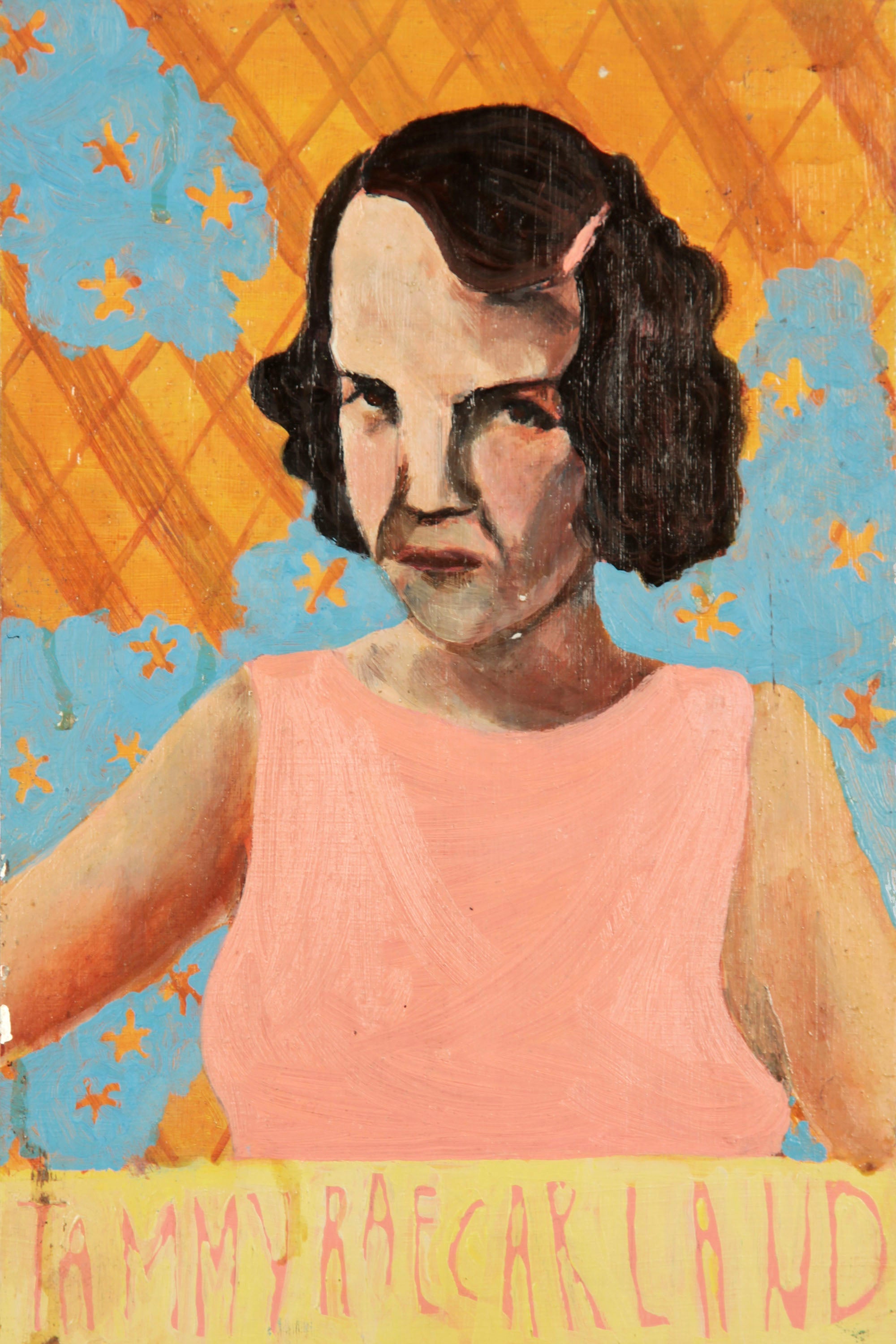
Tammy Rae Carland
Probably best known for the Bikini Kill song “For Tammy Rae,” Carland deserves a bigger profile for her multivalent contributions to feminist art and music in the ’90s. Carland was a member of Kathleen Hanna’s first band Amy Carter, and she created one of the most beloved riot grrrl zines I ♥ Amy Carter, about her girlhood obsession with the daughter of the former president. A self-portrait of Carland serves as the cover of Bikini Kill’s Pussy Whipped album. And in 1996, Carland formed Mr. Lady records with Kaia Wilson. (Carland is also one of the backup vocalists in “Hot Topic.”)
Recommended Work: Carland’s large-scale photography series Lesbian Beds is an intimate and unique portrait of queer life. ⬆
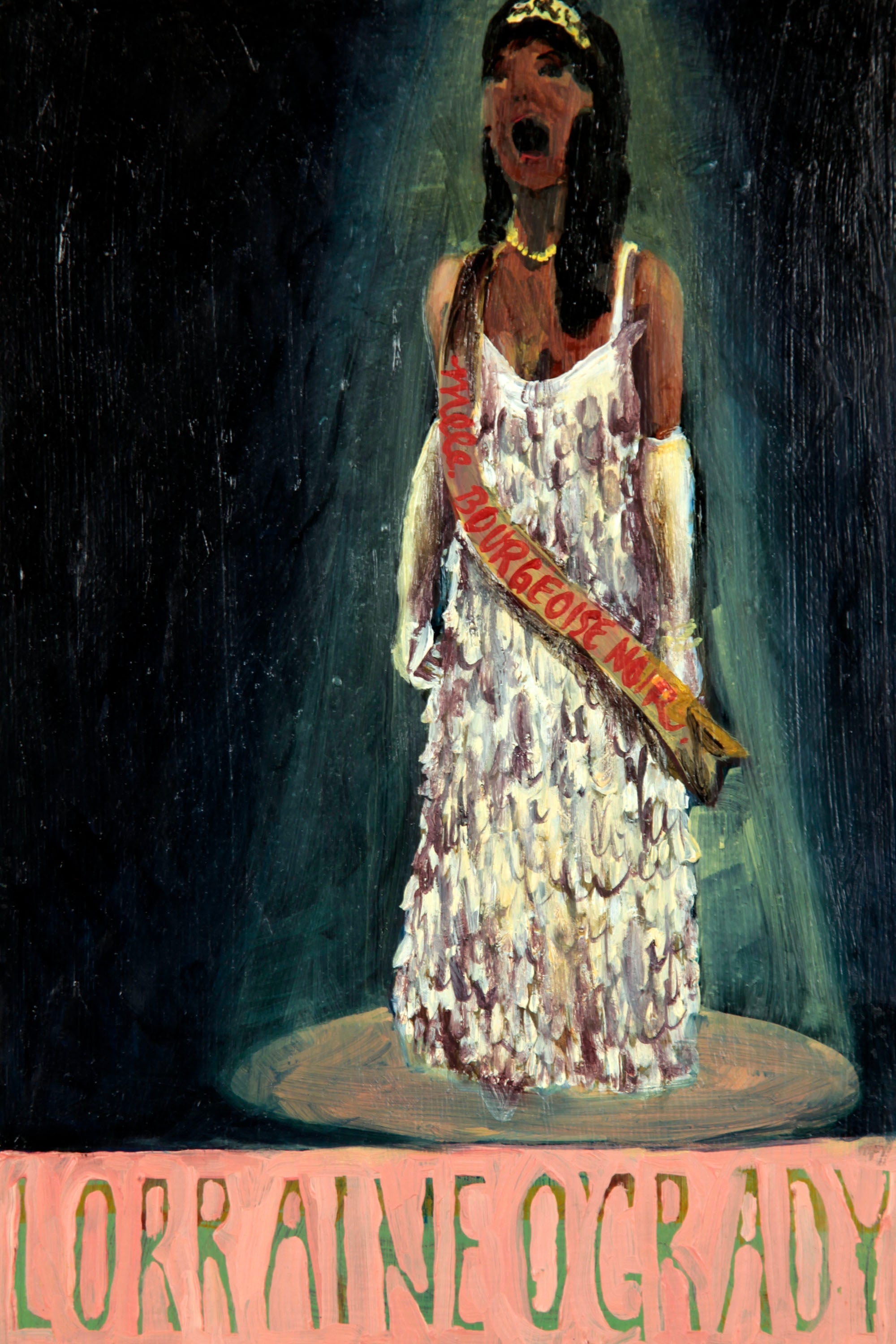
Lorraine O’Grady
A conceptual artist who has spent the past several decades exploring black lives and black female subjectivity. In 1980, she adopted the persona Mlle Bourgeoise Noire and staged invasions of art galleries wearing a dress made of white gloves to critique the racial divide in the mainstream art world. Her widely anthologized 1992 essay “Olympia’s Maid: Reclaiming Black Female Subjectivity” was an influential critique of representations of black women’s bodies in Western art.
Recommended Work: O’Grady’s signature 1983 performance piece Art Is… invited onlookers at the African American Day Parade in Harlem to pose in empty gold picture frames. ⬆

Gayatri Spivak
The academic heavyweight of “Hot Topic.” She translated Jacques Derrida’s Of Grammatology into English in 1976, making a name for herself as a scholar of deconstruction, a school of philosophy and method of literary critique that exposes the instability of meaning. Her greatest contribution, though, has been to help define (as well as question) postcolonialism, the interdisciplinary study of European colonialism’s impact and cultural legacy. Her landmark 1985 essay “Can the Subaltern Speak?” emphasizes that since speaking is a transactional relationship between speaker and listener, those who are “subaltern”—who are truly written out of capitalist structures—cannot be heard.
Recommended Work: Interviews with Spivak are no less dazzling than her writing, but they’re far more accessible. This is a good read about her career and work. ⬆
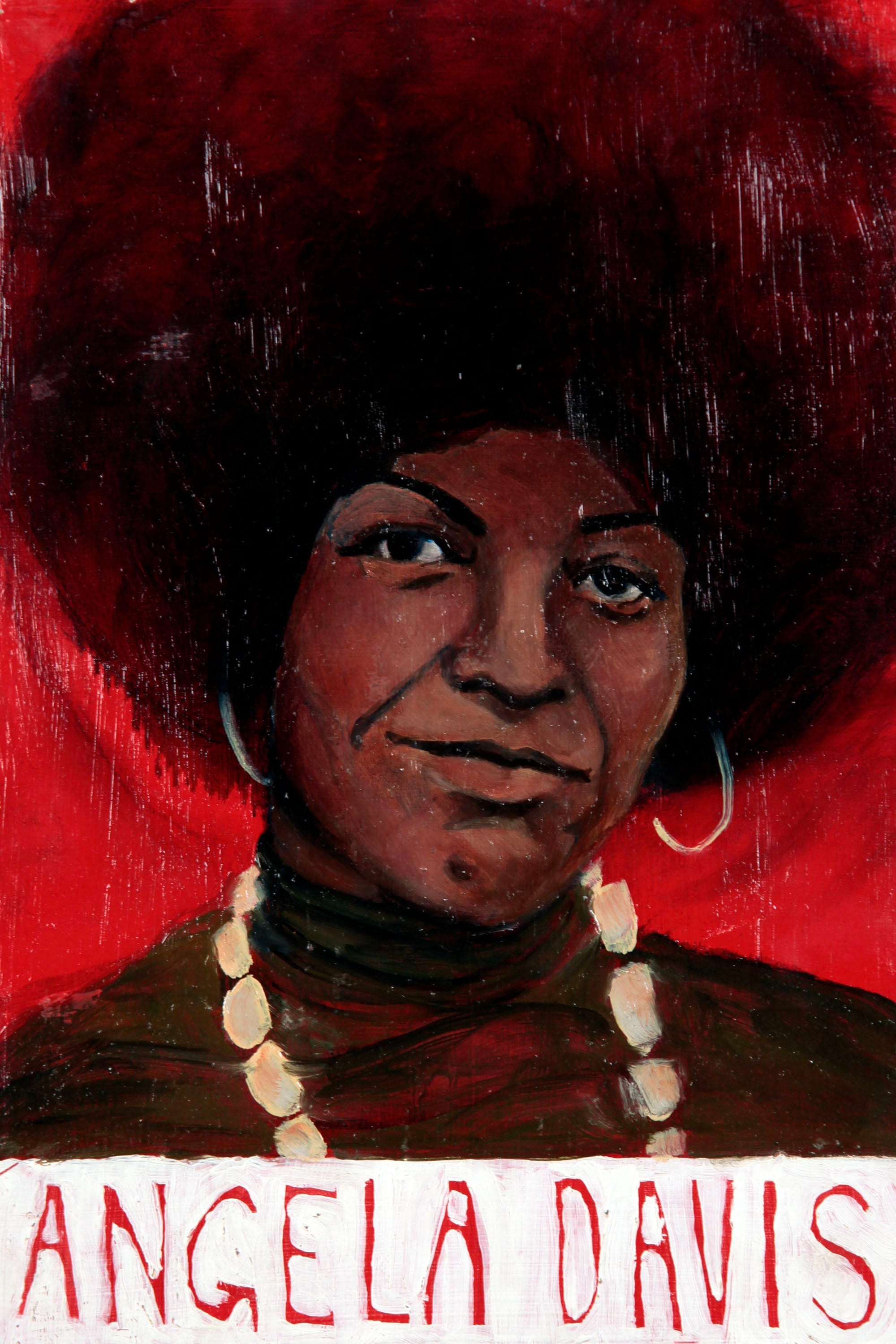
Angela Davis
Davis has never stopped being a controversial figure, but she’s also never stopped being a pivotal activist, scholar, and speaker about social change. She was known for her activism and brief affiliation with the Black Panther Party in the 1960s. She was arrested in 1970 in connection with the killing of a prison guard, spurring a national movement to free her (including the John Lennon/Yoko Ono song “Angela”) before her acquittal in 1972. Davis’ books Women, Race, & Class (1981) and Women, Culture, & Politics (1989) were prominent on the shelves of many college women’s studies centers in the 1990s. In 1997, she co-founded Critical Resistance, a formative organization in the fight against mass incarceration.
Recommended Work: Davis’ speech at the 2017 Women’s March is an excellent snapshot of why she’s been such a powerful voice in social change for decades. ⬆
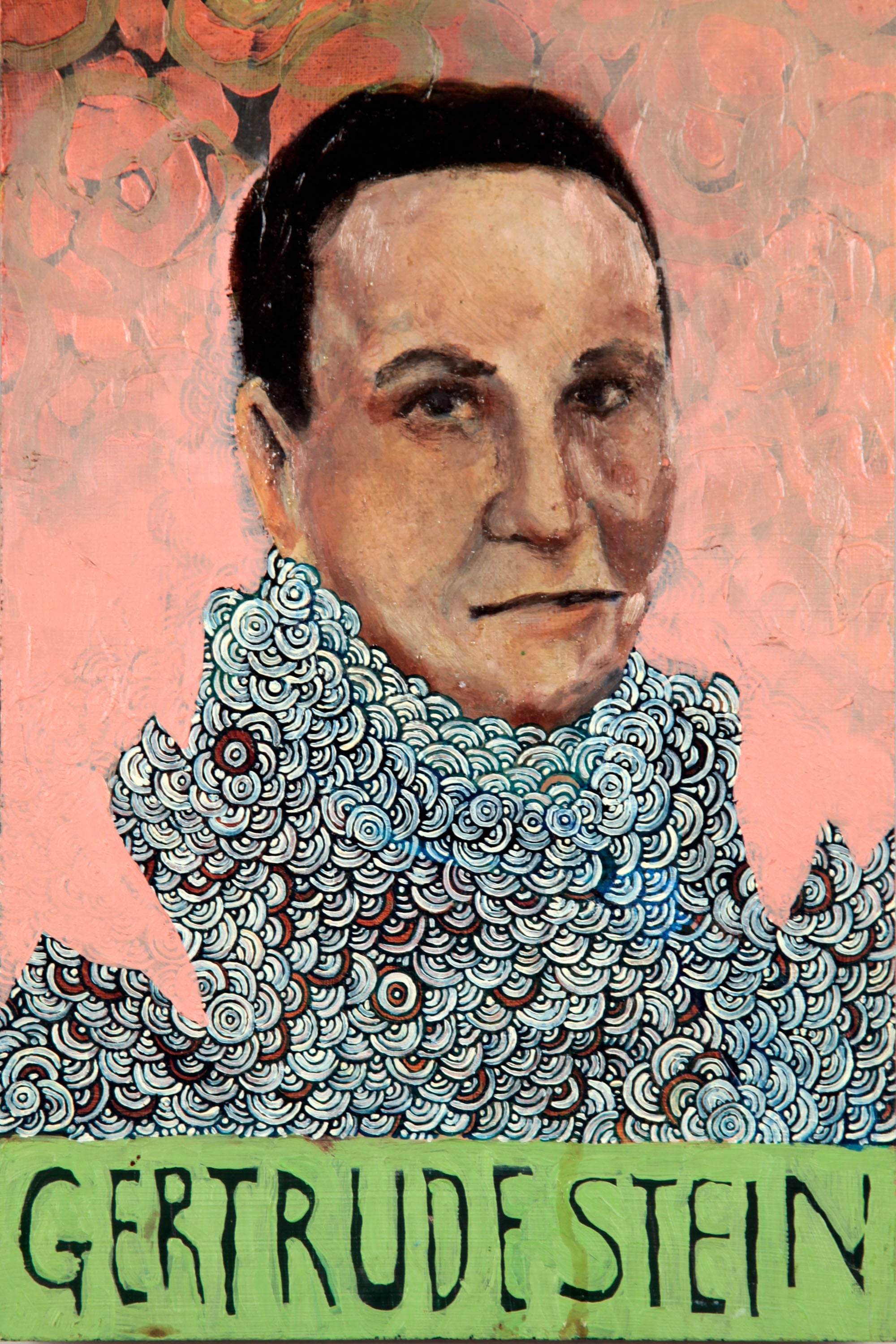
Gertrude Stein
A lesbian writer and bon vivant who made her life in the early part of the 20th century in Paris. Stein’s 1903 novella Q.E.D (published in 1950) was an early work about coming out. Her 1933 The Autobiography of Alice B. Toklas, in which Stein disguised her own autobiography as the autobiography of her partner, was a staple of many women’s lit classes in the 1990s—taught right alongside Virginia Woolf’s Orlando.
She died in 1946.
Recommended Work: Both Q.E.D. and The Autobiography of Alice B. Toklas. ⬆
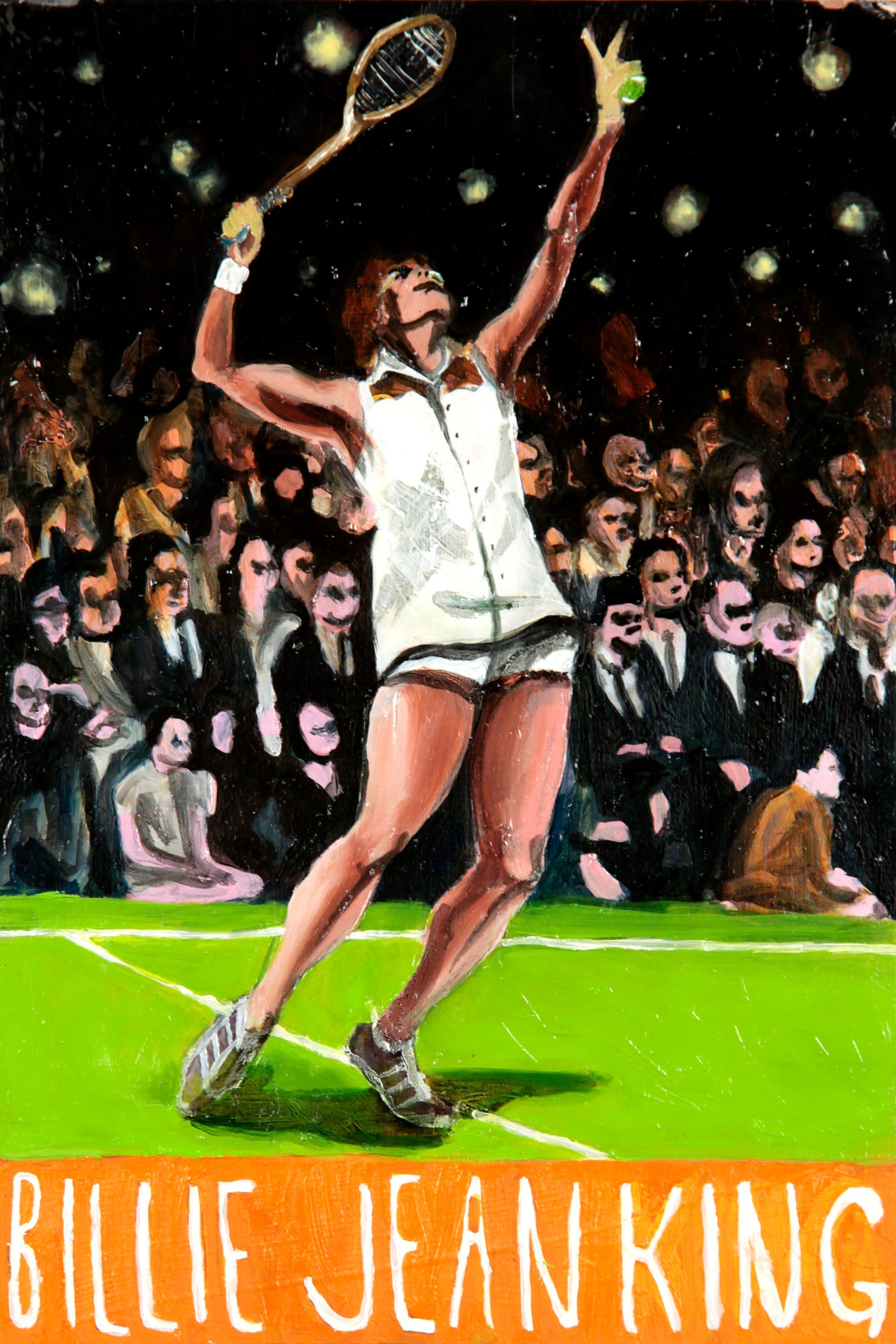
Billie Jean King
A former world No. 1 tennis player, a champion for equal pay in sports, and an advocate for LGBTQ rights. She won 12 Grand Slam singles titles in the 1960s and 1970s but is just as famous for winning the 1973 “Battle of the Sexes” against Bobby Riggs.
Recommended Work: Watch Billie Jean King talk about that famous match, her fight for equal pay, and how she explains to Boomers that millennials are actually awesome. ⬆
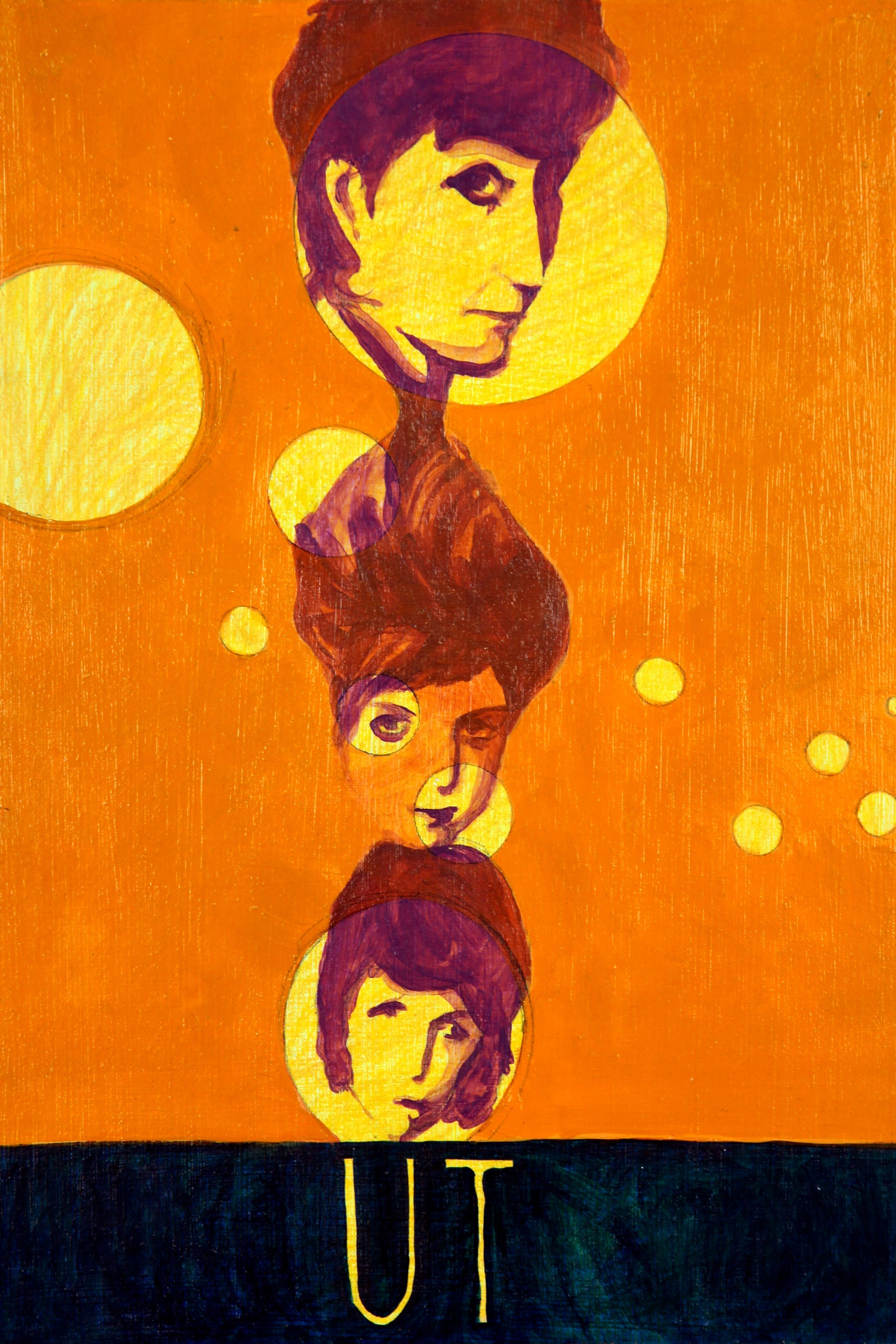
Ut
An all-women experimental noise rock band, formed in New York in 1978 and active until 1990. The members of Ut—Nina Canal, Jacqui Ham, and Sally Young—were known for swapping out instruments and vocals and constructing their songs through improvisation. Although they were critically lauded and played with bands like the Fall and the Birthday Party, Ut was never as well-known as they should have been. After a brief tour in 2010, Ut reunited again this year to perform a series of shows to support the reissue of their back catalog.
Recommended Work: “Bedouin” from their 1985 EP Confidential. ⬆
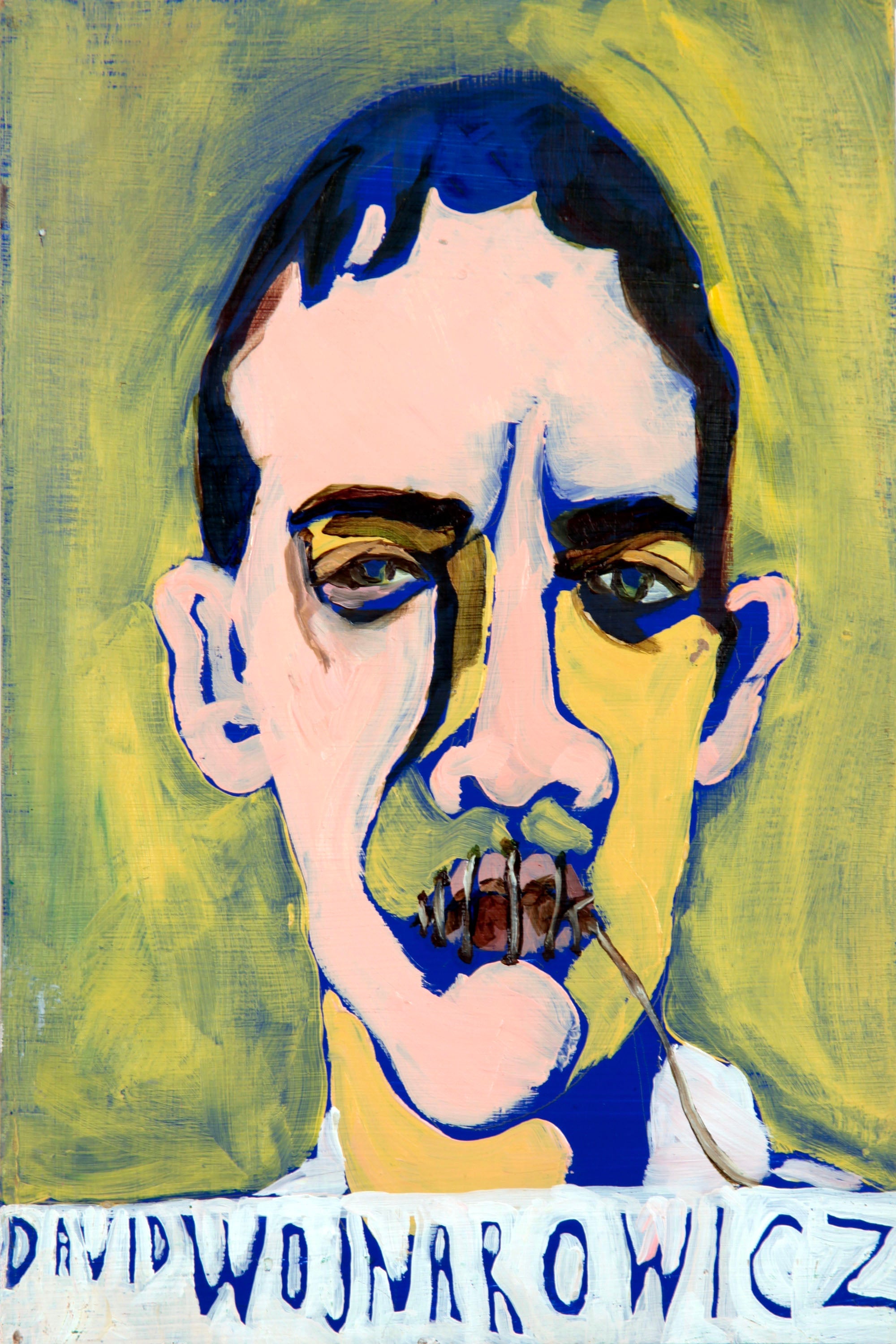
David Wojnarowicz
A profoundly influential artist, painter, writer, musician, and AIDS activist who created an extraordinary and furiously political body of work. A recent retrospective at the Whitney explored his connections to the prolific and collaborative East Village scene of the 1970s and 1980s. (ACT UP protested the retrospective’s lack of connection to the current AIDS crisis, prompting the Whitney to respond with new wall text for the screen print Untitled (ACT UP).) In 1991, a year before Wojnarowicz died from AIDS complications at the age of 37, U2 amplified his work to mainstream pop culture by using his photograph of a buffalo tumbling off a cliff as the cover to their single “One” and announcing they were donating all royalties to AIDS research. Andreas Sterzing’s iconic 1989 portrait of Wojnarowicz with stitched lips (the inspiration for the painting above) was used as a poster image for Silence = Death, a powerful 1990 documentary about AIDS, and has become an enduring symbol about the importance of expression in resistance.
Recommended Work: Wojnarowicz’s 1990–91 collage Untitled (One Day This Kid…) is a culminating example of his work: Wojnarowicz places a childhood photo of himself at the center of the work and surrounds it with text that forecasts the pervasive homophobic violence to which he’ll be subjected. ⬆
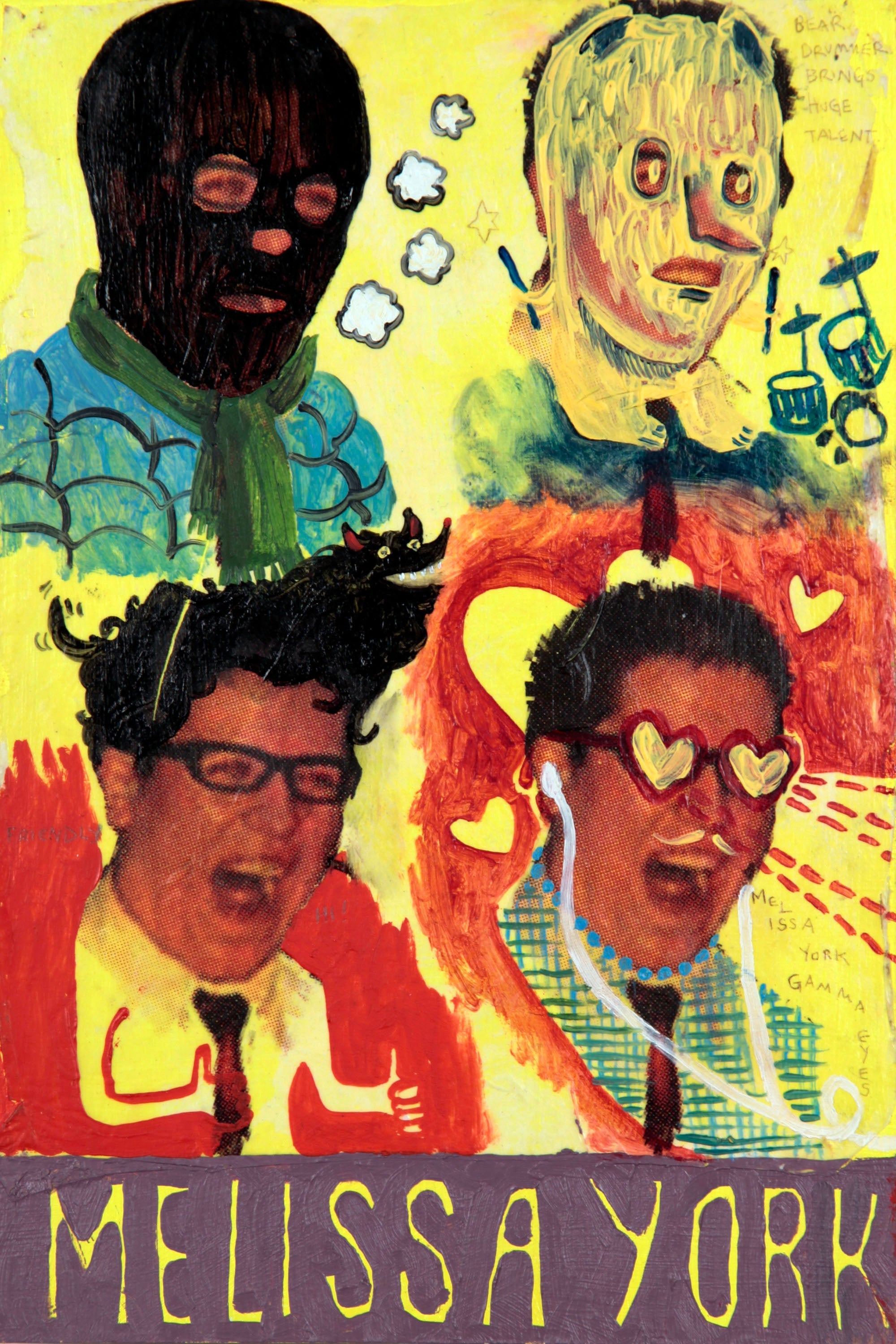
Melissa York
The drummer for a bunch of mighty awesome bands over the years. After stints with punk bands including Born Against, she joined the lineup for queercore band Team Dresch. She later formed the Butchies with former bandmate Kaia Wilson. She has also toured and performed extensively with the Indigo Girls’ Amy Ray.
Recommended Work: Team Dresch’s “Remember Who You Are” from Captain My Captain (1996). ⬆
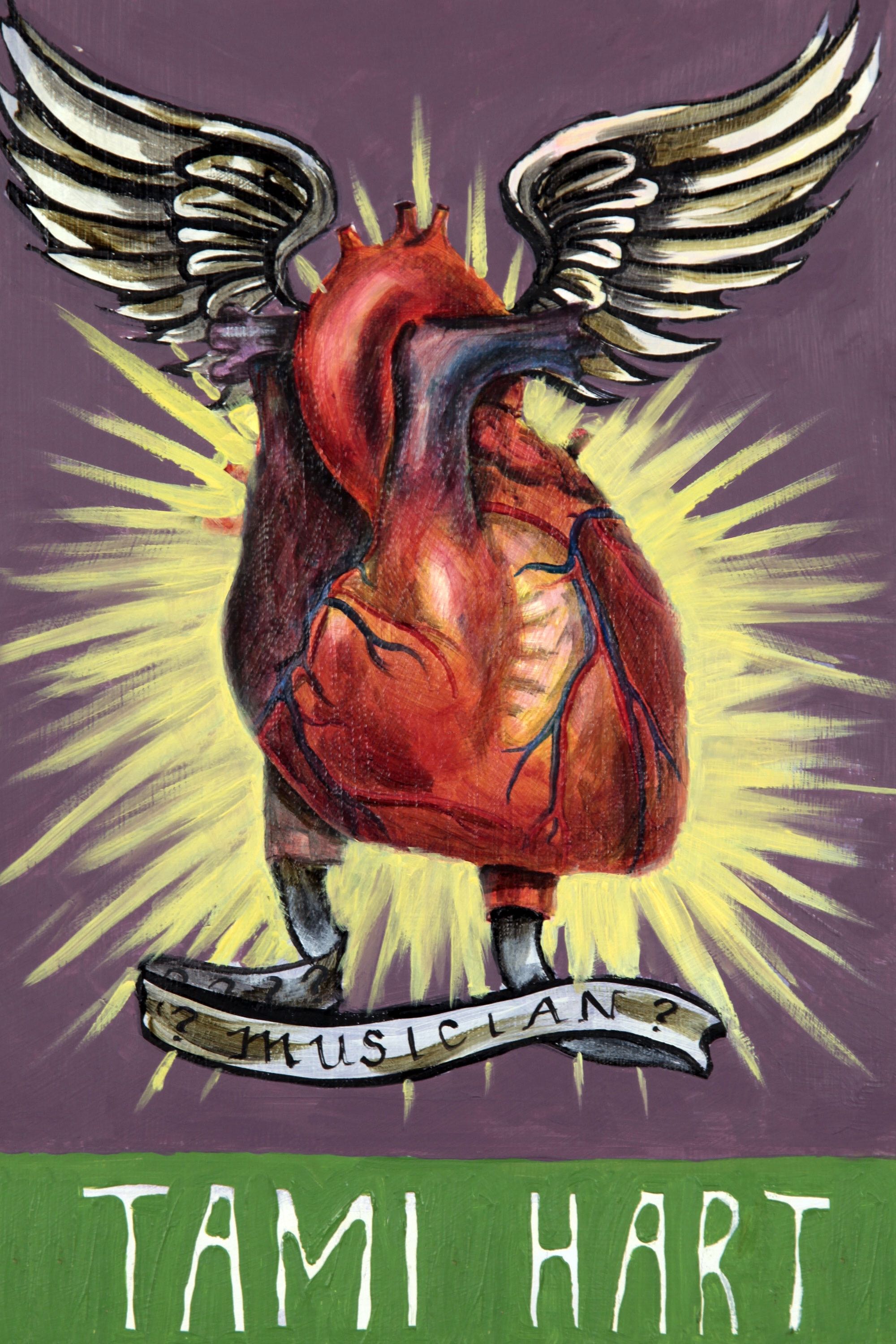
Tami Hart
A queer singer-songwriter, Hart was just a teenager when she got signed to the Mr.
Lady label in 1999 and released her first EP. Since then, she’s released two full-length solo albums, done a stint with JD Samson & MEN (a music and performance collective founded by Le Tigre members JD Samson and Johanna Fateman), and fronted two other queer bands, Making Friendz and Teen Vice. (She now spells her name Tammy Hart.)
Recommended Work: “Drunken Love Song” from No Light in August (2000). ⬆
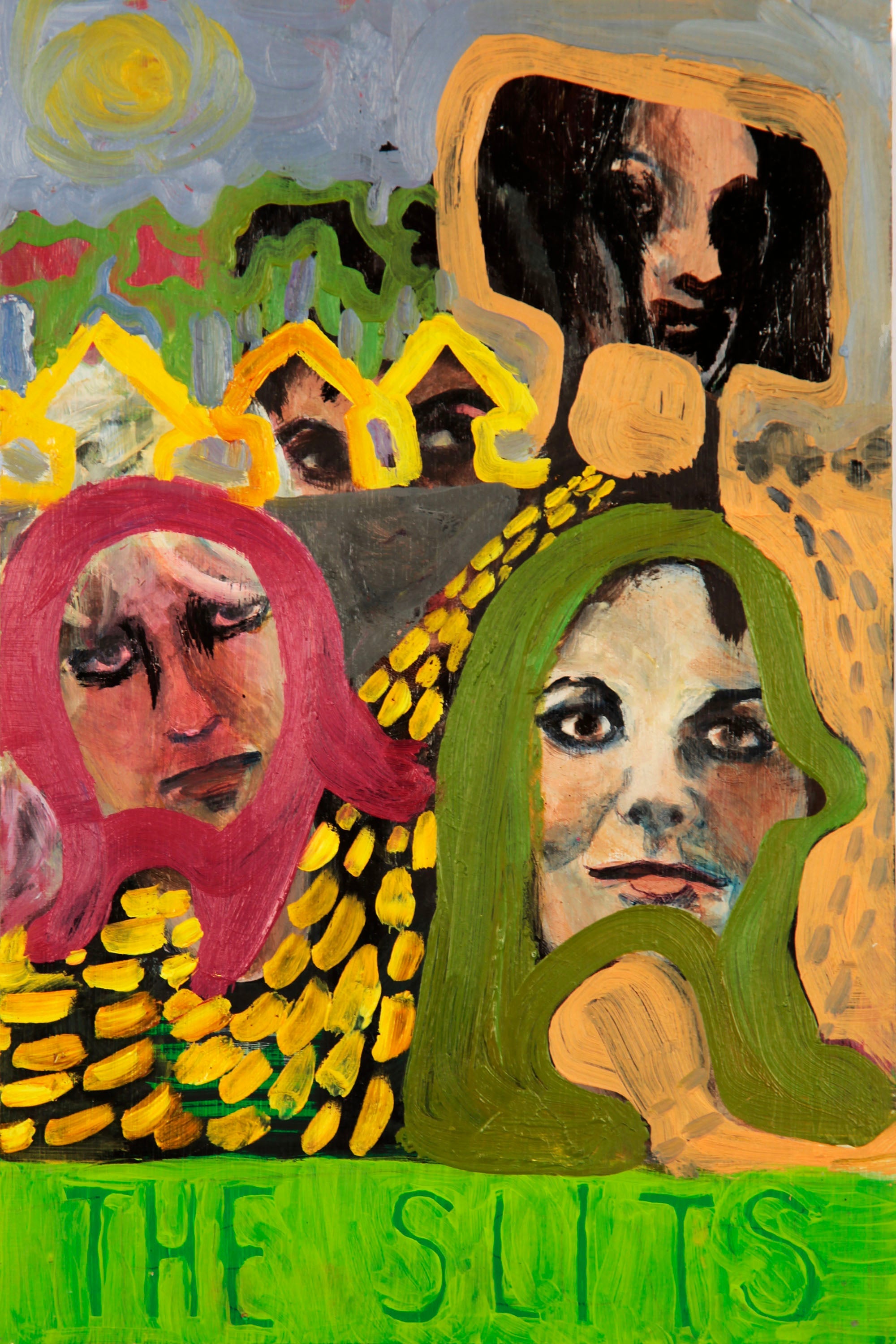
The Slits
An all-women British punk band that formed in 1976 and played alongside the Clash, the Buzzcocks, and the Jam on the 1977 White Riot Tour across the U.K.—a tour that notoriously included an actual riot by fans at the Rainbow Theatre in London. Underappreciated for too long, the Slits were an obvious influence on many Riot Grrrl bands. Their 1979 debut album Cut, which drew heavily on reggae and dub, is one of the best punk albums of the era. The band broke up in 1982, but members Ari Up and Tessa Pollitt re-formed the Slits in 2005 with a new lineup and released the 2009 album Trapped Animal. Founding member and singer Up died in 2010.
Recommended Work: “Typical Girls” from Cut. ⬆

Hanin Elias
Co-founder of the German anti-fascist electronic punk band Atari Teenage Riot. The band made its way to American alternative audiences in the 1990s when the Beastie Boys’ Grand Royal label released the ATR compilation album Burn, Berlin, Burn! in 1997. Elias left ATR in 1999 to pursue solo work and her own label.
Recommended Work: “Speed” from Burn, Berlin, Burn!, which was later included on the soundtrack to The Fast and the Furious: Tokyo Drift. ⬆
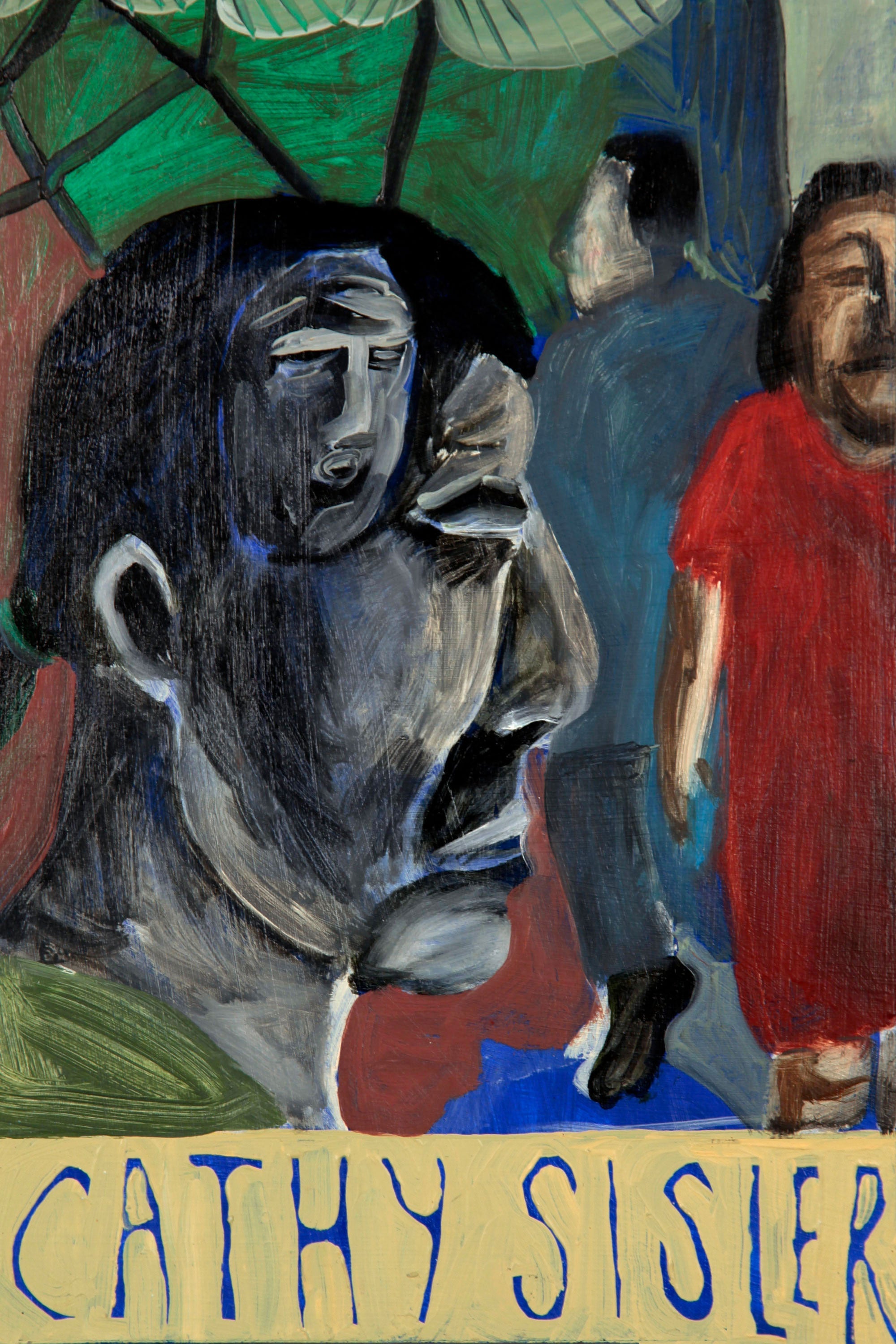
Cathy Sisler
An American-born video and performance artist whose works were exhibited in Canada in the 1990s.
Recommended Work: Her series of Aberrant Motion videos (1993–94), in which she uses her body to interrupt the movement around her to explore the way that interruptions of normalcy represent deviation and risk. ⬆
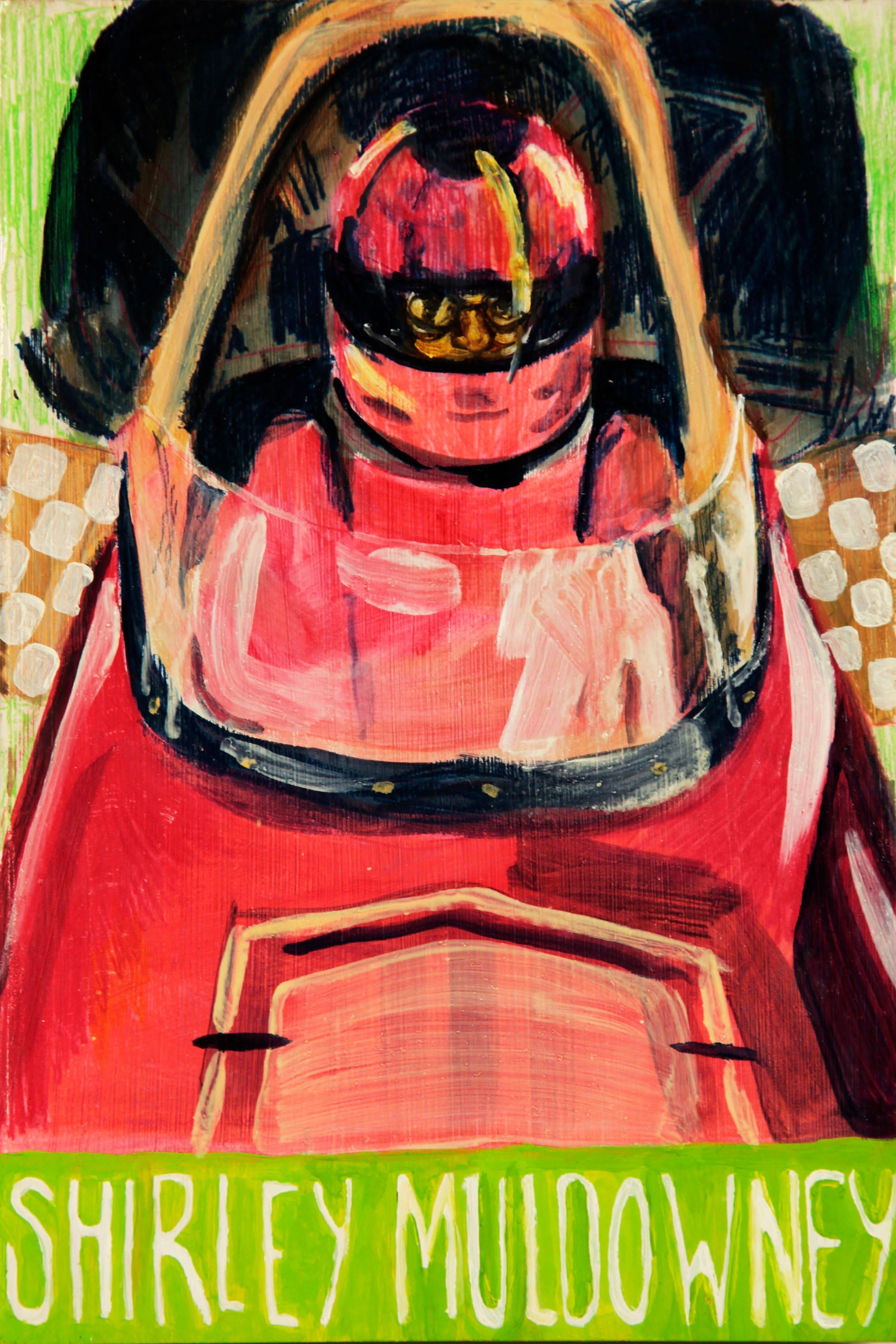
Shirley Muldowney
Also known as “Cha Cha Muldowney,” she overcame fierce opposition from the National Hot Rod Association to become the first woman granted a license to race in Top Fuel, the fastest sanctioned class of drag racing, in 1973. She went on to win three championships during her career, helping to pave the way for women in auto racing. She was played by Bonnie Bedelia (whom Muldowney called “a snot”) in the 1983 movie Heart Like a Wheel. Muldowney, along with Billie Jean King, is name-checked in another tribute song to women: lesbian folksinger Phranc’s charmingly sincere 1985 “Amazons,” a paean to female athletes.
Recommended Work: Watch Muldowney win one Top Fuel showdown after another in this NHRA highlights reel. ⬆

Valie Export
Export (a name/brand identity the artist adopted in the 1960s—partially inspired by the Export cigarette brand—to discard her patriarchal birth and married names) created some of the wildest feminist art in Europe during the 1960s and 1970s.
Recommended Work: Her signature work is Action Pants: Genital Panic (1968), in which she strolled through a Munich art-house theater wearing crotchless pants and a leather jacket, her exposed vagina at eye level of the seated theatergoers, and challenged them to look at her instead of the women on screen. ⬆
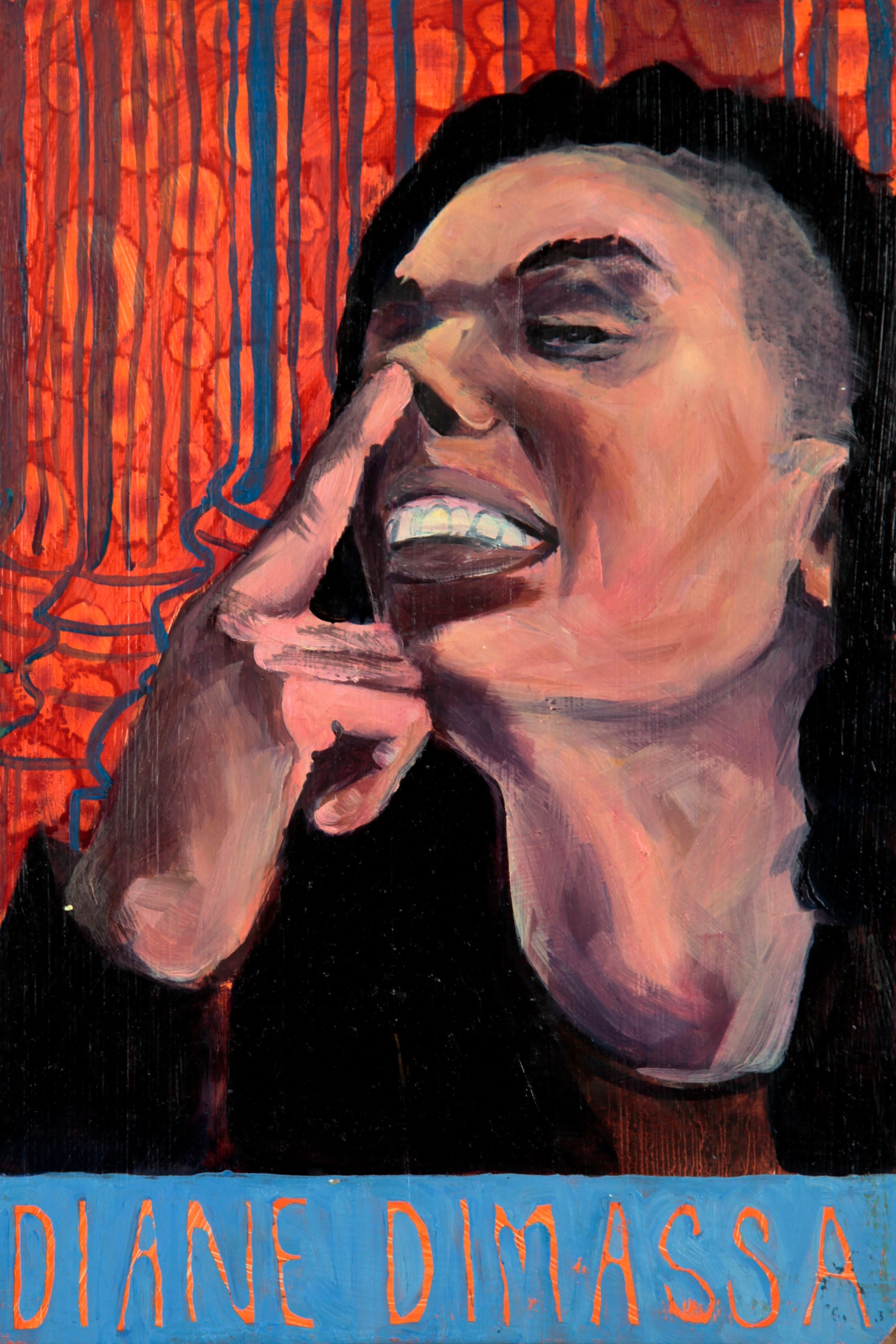
Diane DiMassa
An artist and writer. She created the cult underground comic Hothead Paisan: Homicidal Lesbian Terrorist for the better part of the 1990s. The comic strips centered on a lesbian feminist named Hothead who takes it upon herself to rid the world of male scum. It was both crude and cathartic (lots of castration, both literal and symbolic) and extremely funny.
Recommended Work: Hothead Paisan is currently out of print, but the comic still resonates. ⬆
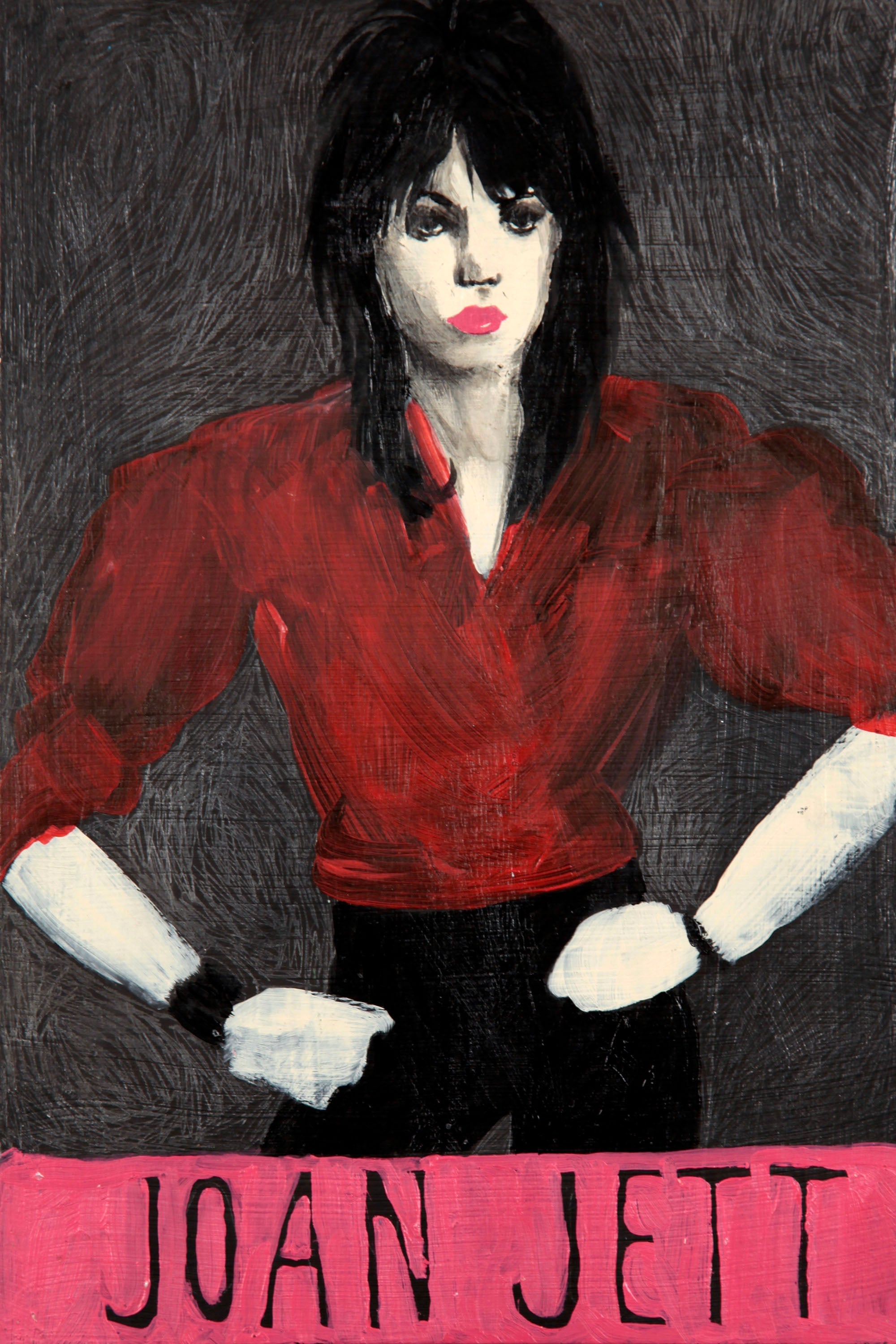
Joan Jett
An icon for women in rock, from her teenage days with the Runaways and throughout her decadeslong career fronting Joan Jett and the Blackhearts. More than just an inspiration to Riot Grrrl, Jett was often an advocate for women in the movement; indeed, she produced the 7” single version of Bikini Kill’s “Rebel Girl” and contributed guitar and vocals to the track.
Recommended Work: Jett cemented her legendary status by releasing two instant-classic albums in 1981: Bad Reputation and I Love Rock ’n’ Roll. ⬆
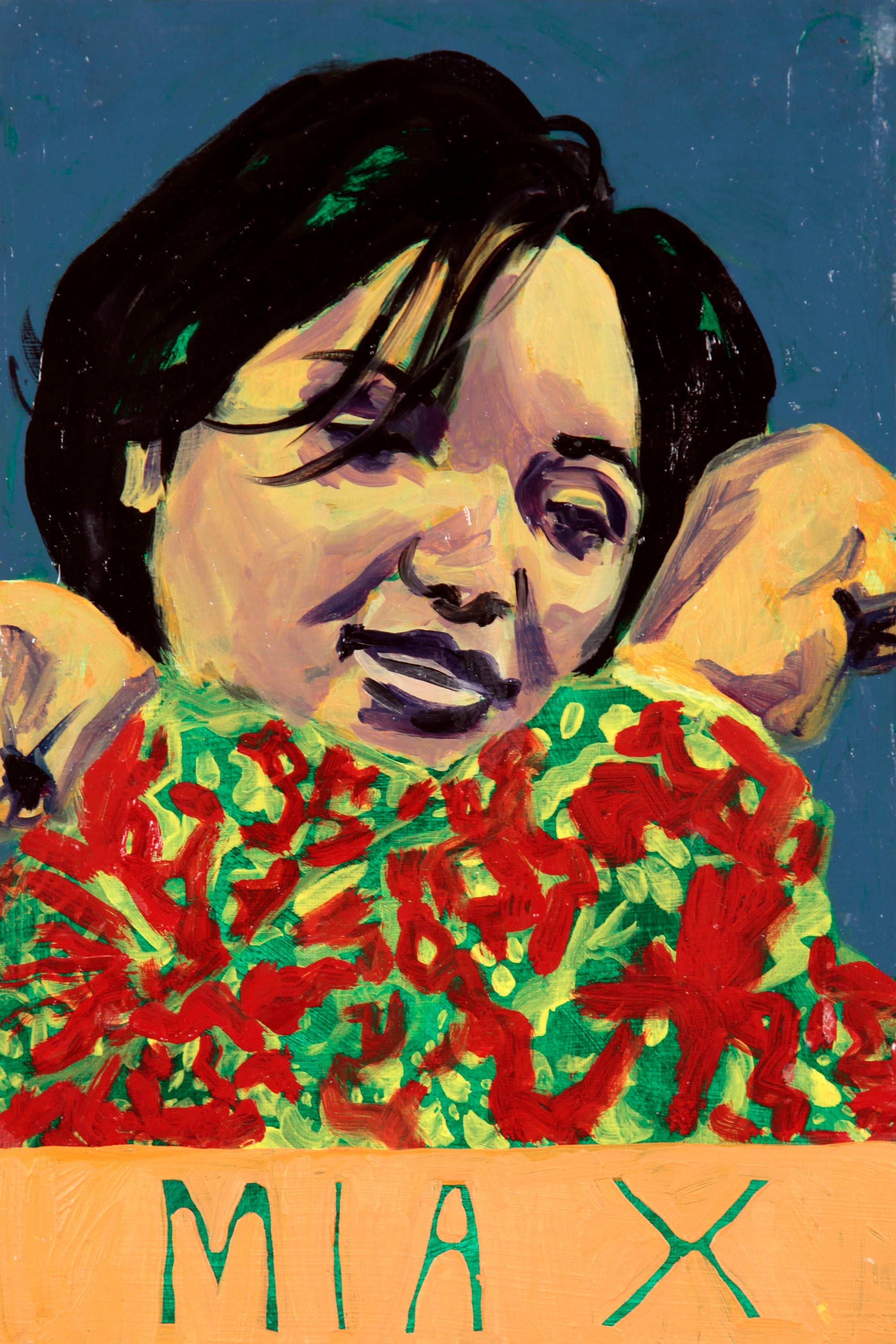
Mia X
Often overlooked in the canon of female rappers of the 1990s, Mia X deserves her due: Her 1993 EP Da Payback, with its raunchy rebuke to male emcees, caught the attention of Master P, and she was the first woman signed to No Limit Records. (Watch her patiently and hilariously explain to a millennial radio host the ancient technologies of dubbing cassette tapes, sending mail, and hanging posters.) Her LPs Unlady Like (1997) and Mama Drama (1998) are quintessential Southern rap albums. She left No Limit in 1999 but has continued to perform, alongside her career as a chef.
Recommended Work: “Imma Shine” and “What’cha Wanna Do” from Mama Drama. ⬆
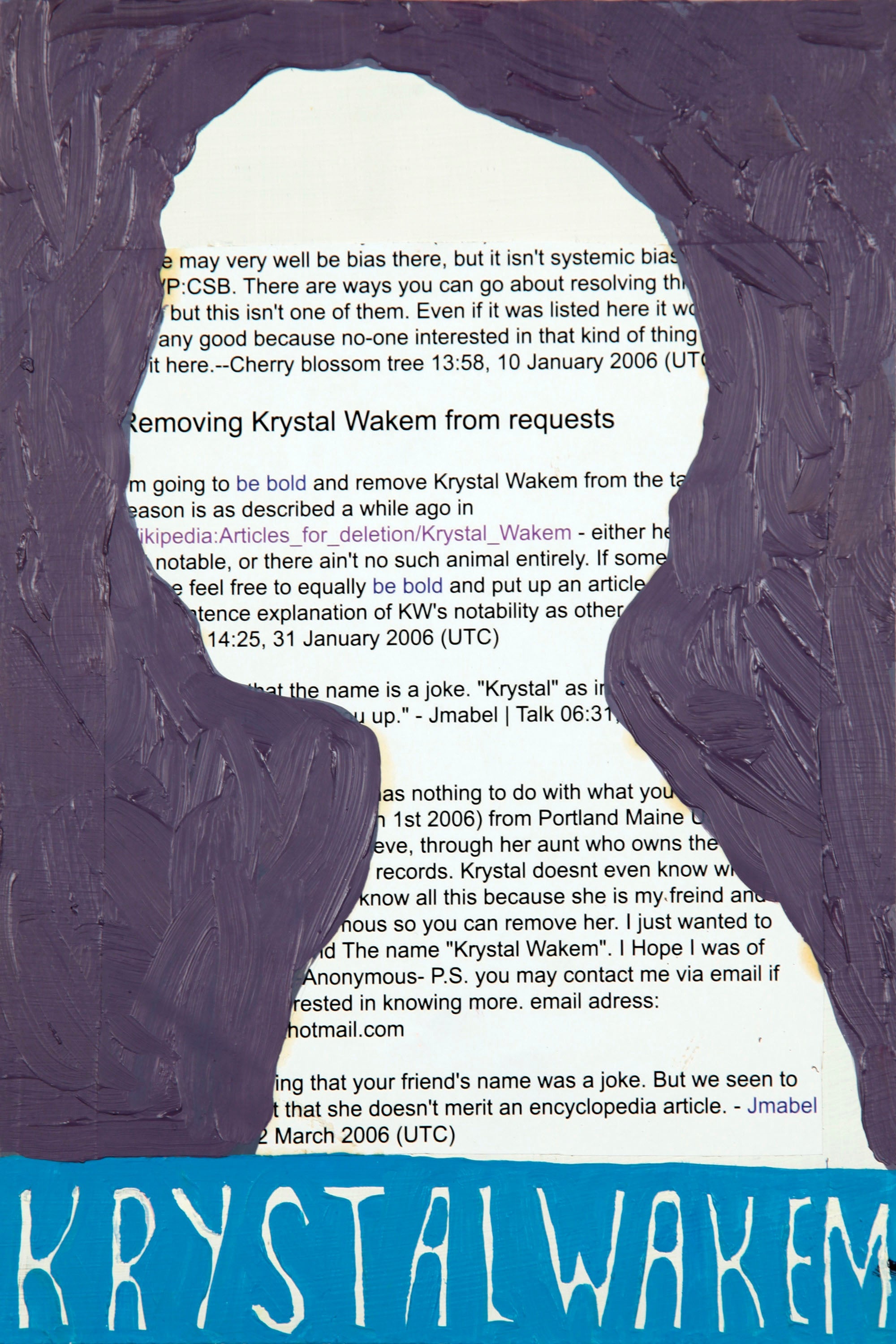
Krystal Wakem
The true enigma of “Hot Topic.” According to Johanna Fateman, Wakem is a member of the Le Tigre “extended family who we included for personal reasons.”
Recommended Work: Krystal Wakem does have one contribution to Le Tigre that we know of: She drew the tiger paw on the band’s 2001 album Feminist Sweepstakes. ⬆
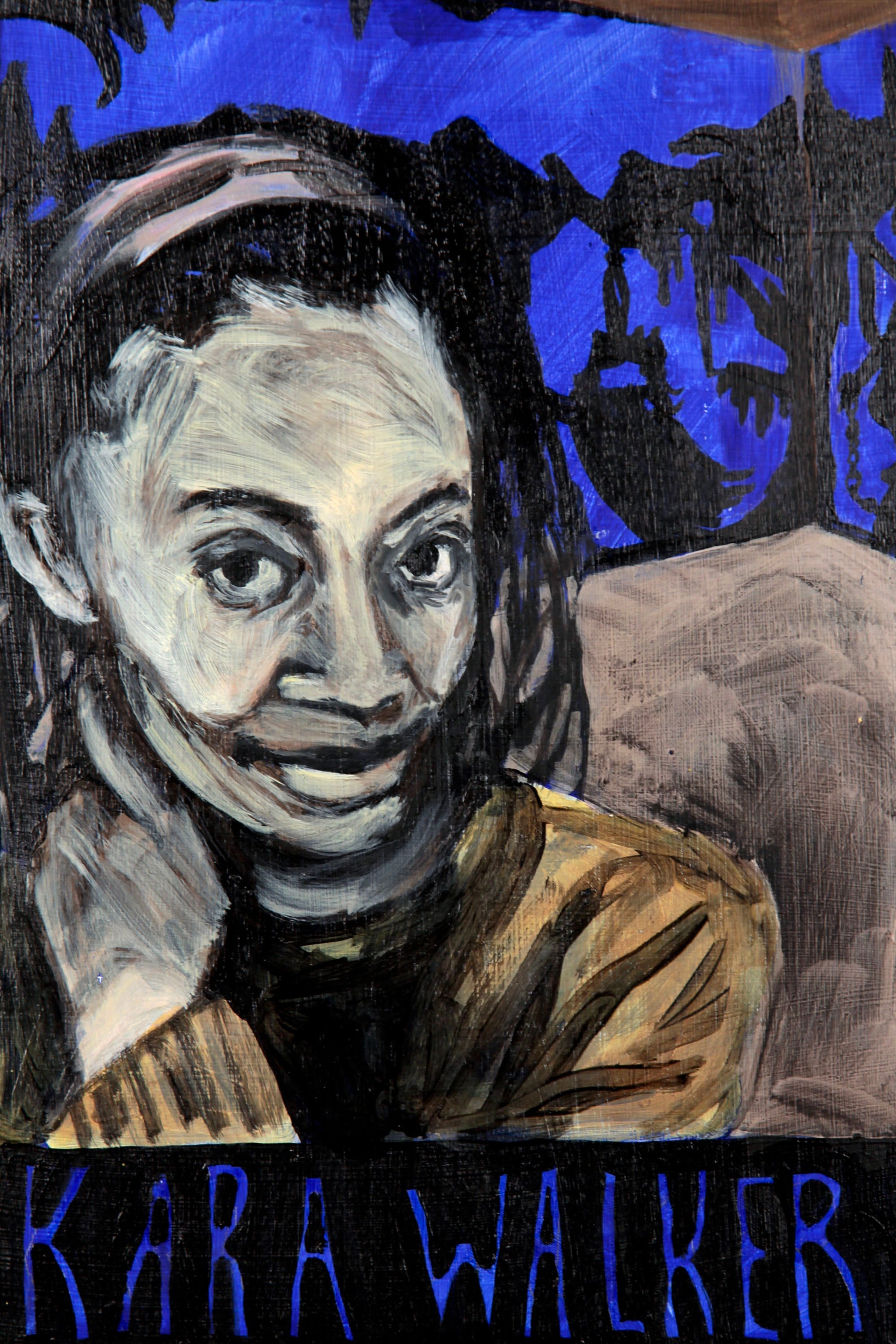
Kara Walker
One of the most important American artists of our time, whose work, featuring her signature black paper silhouettes, breaks boundaries by presenting caricatures in nightmarish antebellum scenarios, exploring race, sexuality, gender, and violence. In 1997, Walker became the second-youngest person to win a MacArthur “genius” grant. In 2014, her first large-scale public project was A Subtlety, or the Marvelous Sugar Baby, a colossal sugar-coated monument of a sphinxlike woman located on the former site of Brooklyn’s Domino Sugar Factory. Her massive, ambitious fountain “Fons Americanus” occupies the Tate Modern’s Turbine Hall in London until April.
Recommended Work: Walker took the art world by storm with her 1994 New York City debut Gone: An Historical Romance of a Civil War as It Occurred B’tween the Dusky Thighs of One Young Negress and Her Heart.⬆
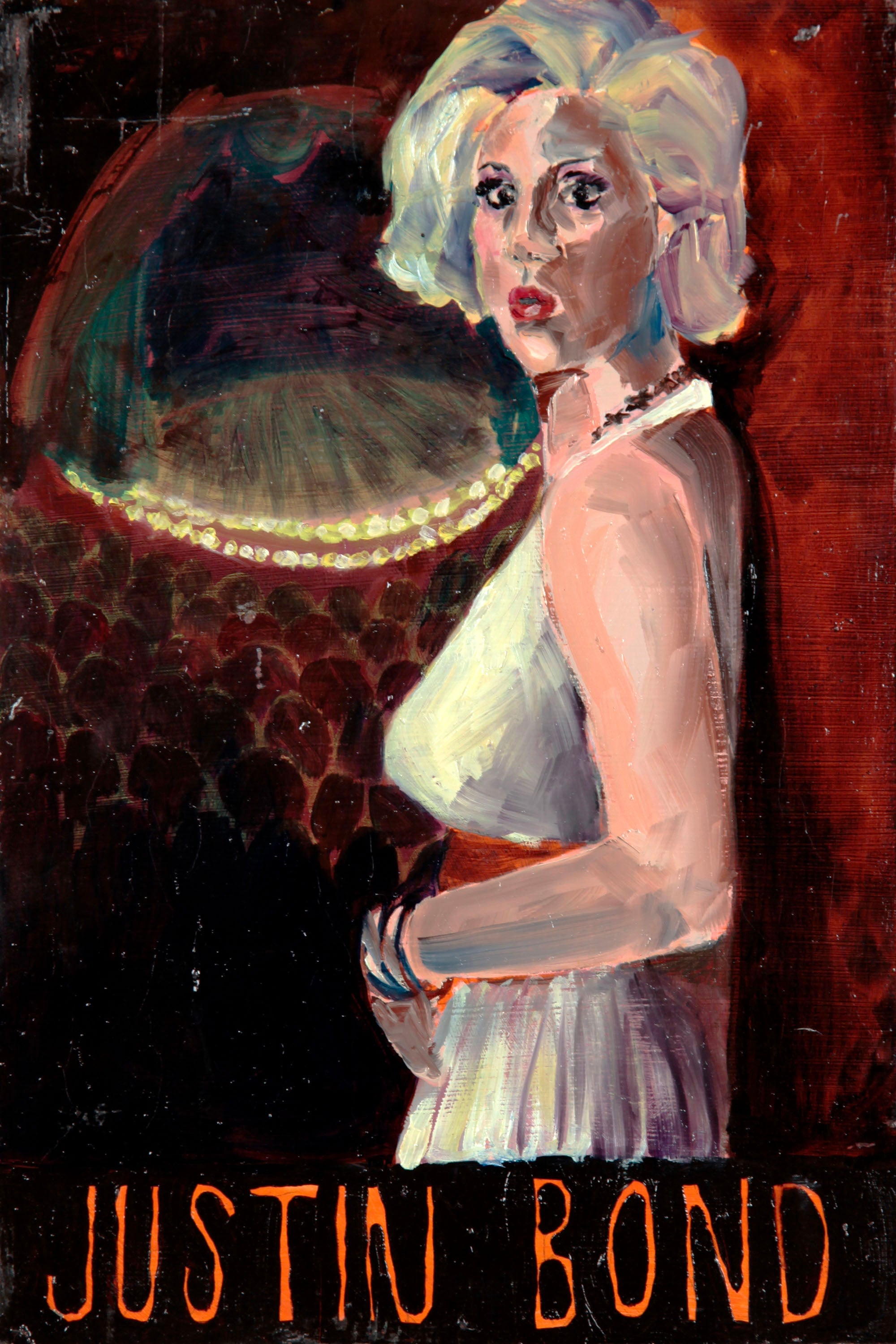
Justin Bond
A legendary cabaret performer in the 1990s as Kiki DuRane, the aging, acerbic, and alcoholic lounge singer of the duo Kiki and Herb. Kiki and Herb appeared on Broadway in 2006 and were nominated for a Tony Award. Since the 1990s, Bond (who has since adopted the middle name Vivian and the pronoun “v”) has had a prolific musical and performance career.
Recommended Work: We are blessed that video of Kiki and Herb circa 1999 is on YouTube. ⬆
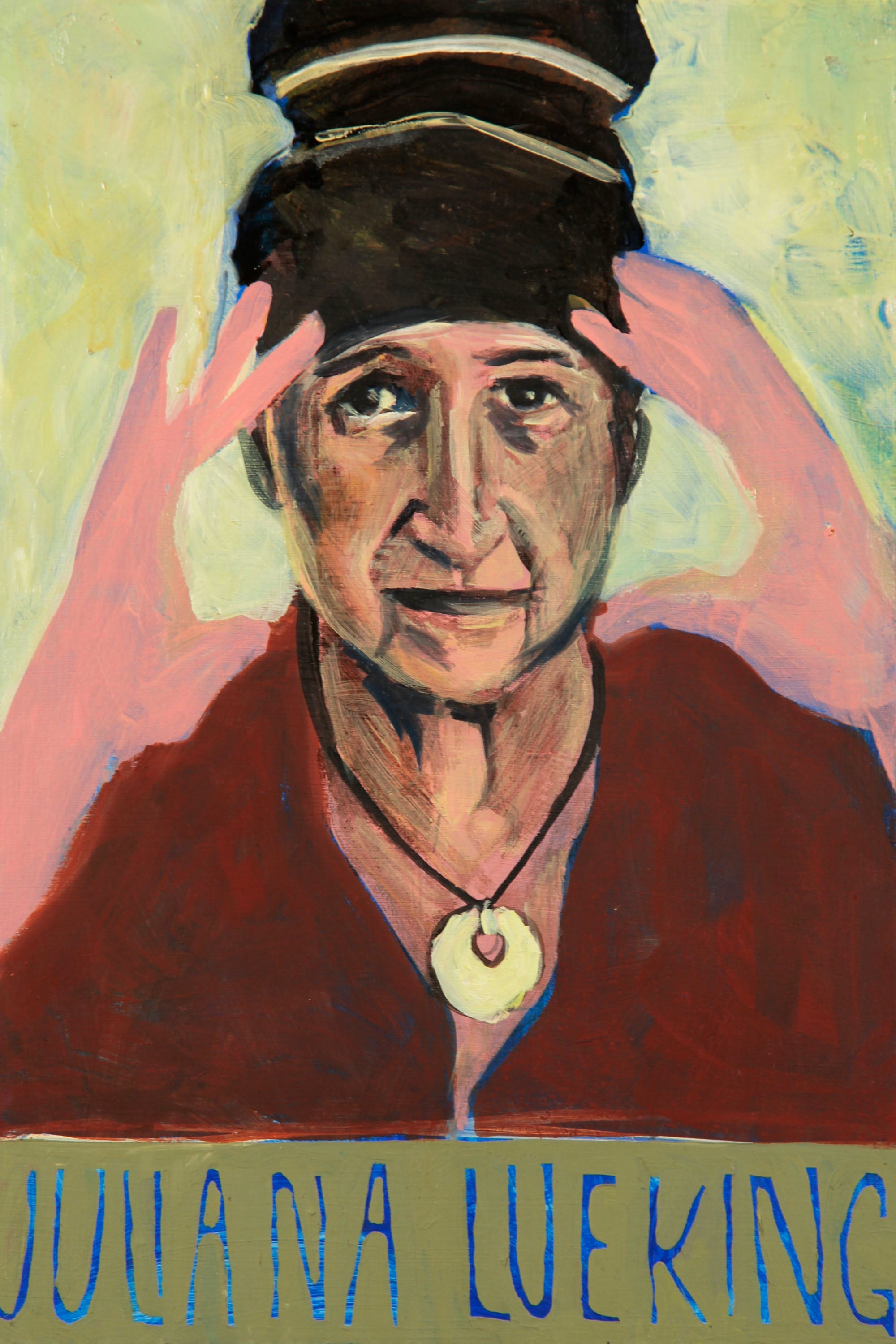
Juliana Lueking
A performer who became notable in the D.C. spoken-word scene in the 1990s. (That might sound like something to scoff at now, but spoken word was crucial in the 1990s, and D.C.
was the epicenter for spoken word and poetry slams at that time.) She’s Good People, her first spoken word EP for Kill Rock Stars—the influential indie label actually put out spoken word records before moving on to music—was partially recorded at the Riot Grrrl Convention held in D.C. in 1992 and features a wild range of stories, from women riding out to the desert together to helping a friend take out her tampon.
Recommended Work: It’s virtually impossible to find Lueking’s spoken word performances online, but this archived interview from 1995 provides some insight into her work. ⬆

Cecilia Dougherty
A film and performance artist who explored queer identity in the late 1980s and 1990s through experimental film. Her short films Joe-Joe (1993) and Coal Miner’s Granddaughter (1991) were part of the indie film movement to shoot on Fisher-Price Pixelvision cameras. (Other prominent Pixelvision filmmakers included Le Tigre’s Sadie Benning as well as directors Michael Almereyda and Richard Linklater.)
Recommended Work: Her 1989 film Grapefruit is an all-lesbian retelling of the John and Yoko story (featuring a young Susie Bright—pioneering feminist sex writer—playing John Lennon). ⬆
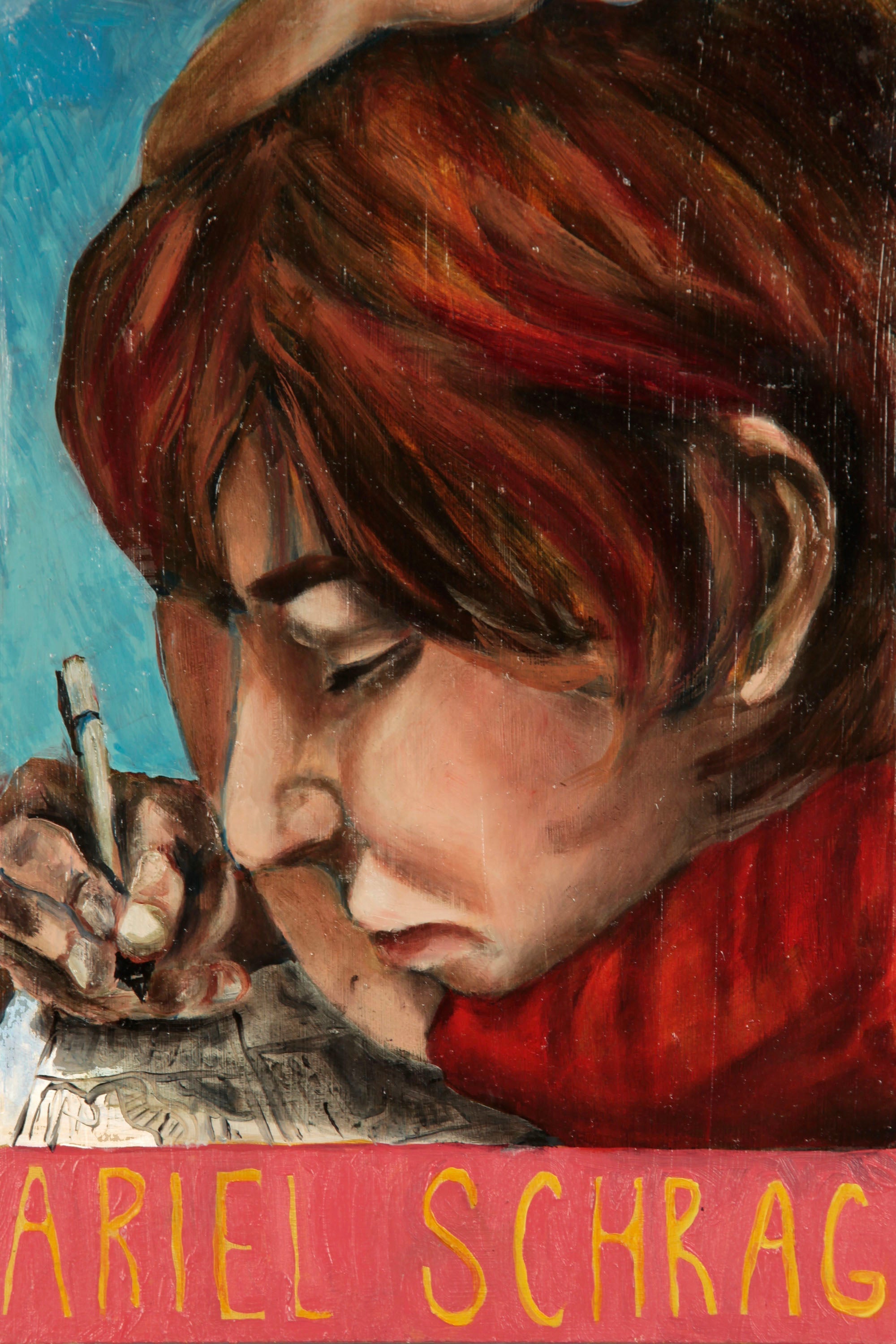
Ariel Schrag
A writer and cartoonist who was name-dropped on “Hot Topic”—preceded by a joyous “Woo!”—while she was still in high school. She created her autobiographical comics Awkward, Definition, Potential (which was nominated for an Eisner Award), and Likewise between 1997 and 2000.
Schrag went on to write for The L Word and wrote the controversial 2014 novel Adam and the screenplay for the recent film adaptation.
Recommended Work: Her autobiographical high school comics make for a compelling chronicle of growing up queer as well as her development as an artist. ⬆
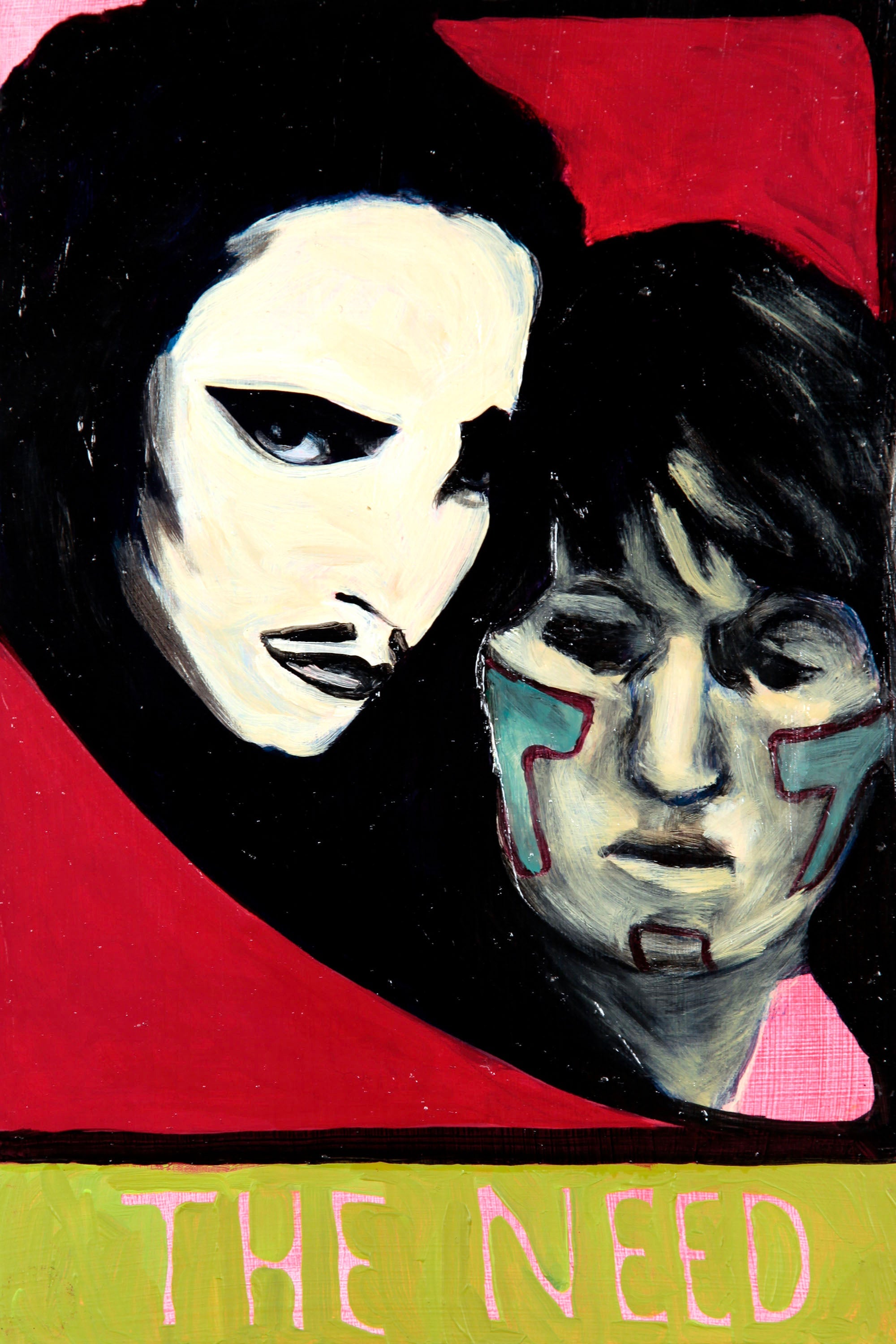
The Need
An Olympia, Washington–based queercore electropunk duo composed of Radio Sloan and Rachel Carns. Although they used keyboards in the studio, the band was known for their stripped-down performances featuring Carns’ ferocious stand-up drumming technique, which is a sight and sound to behold. In 2000, they collaborated with Olympia-based activist and singer-songwriter Nomy Lamm on The Transfused, a full-length, anti-corporate punk rock opera that was performed (with guests including Donna Dresch and Screaming Trees) at Olympia’s Capitol Theater. They broke up in 2001.
Recommended Work: “O Sally How’s It Feel With a Fake Hand?” from their 2000 album The Need Is Dead. ⬆
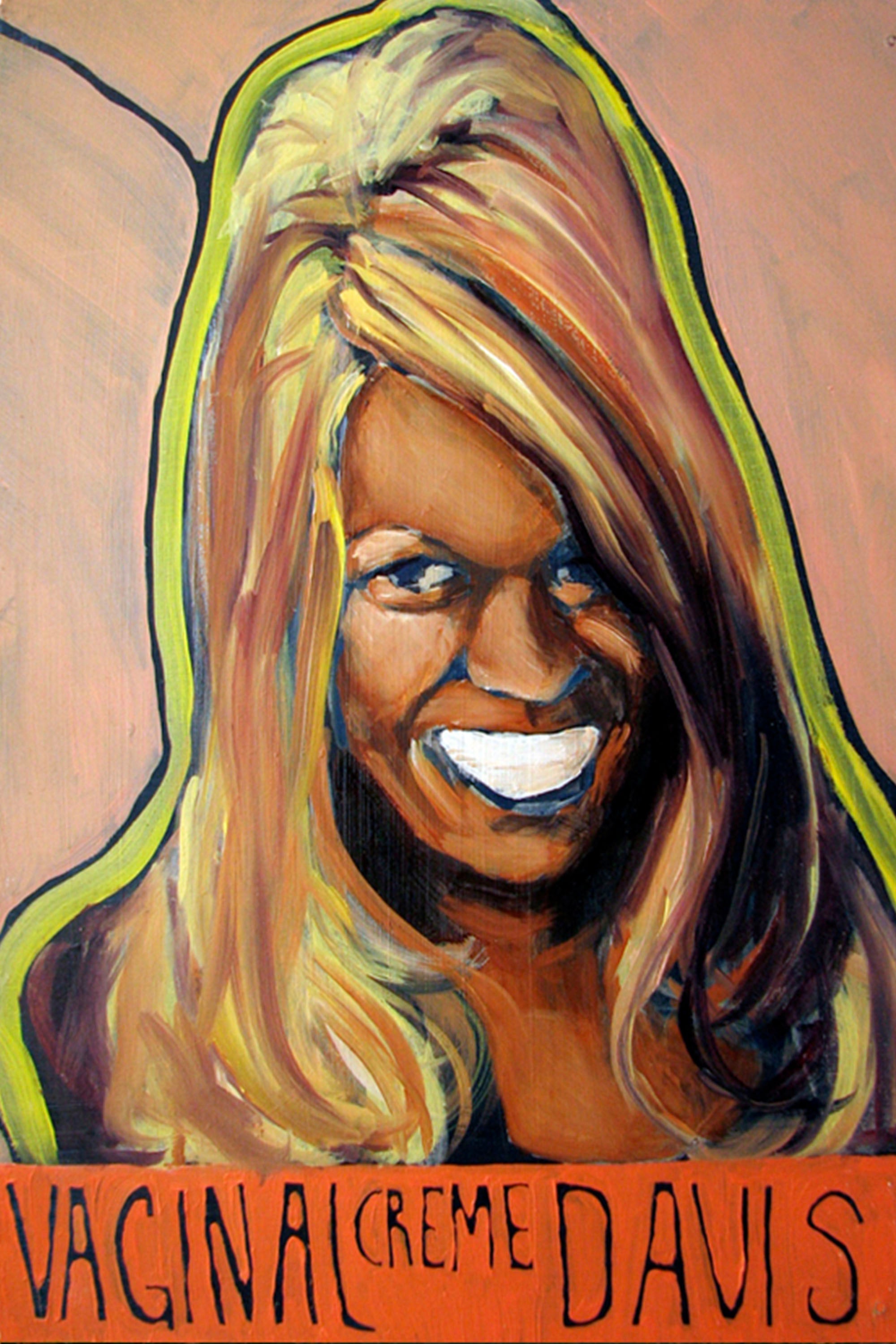
Vaginal Creme Davis
Vaginal Davis describes herself as the “internationally revered intersexed doyenne of intermedia arts and sciences,” which is about as accurate a description as anything I could write. In addition to decades of performance and visual art, Davis was in several art-punk bands, including the Afro Sisters and Pedro, Muriel, and Esther (PME). She also created the cult queercore zine Fertile La Toyah Jackson.
Recommended Work: Her experimental film That Fertile Feeling. ⬆
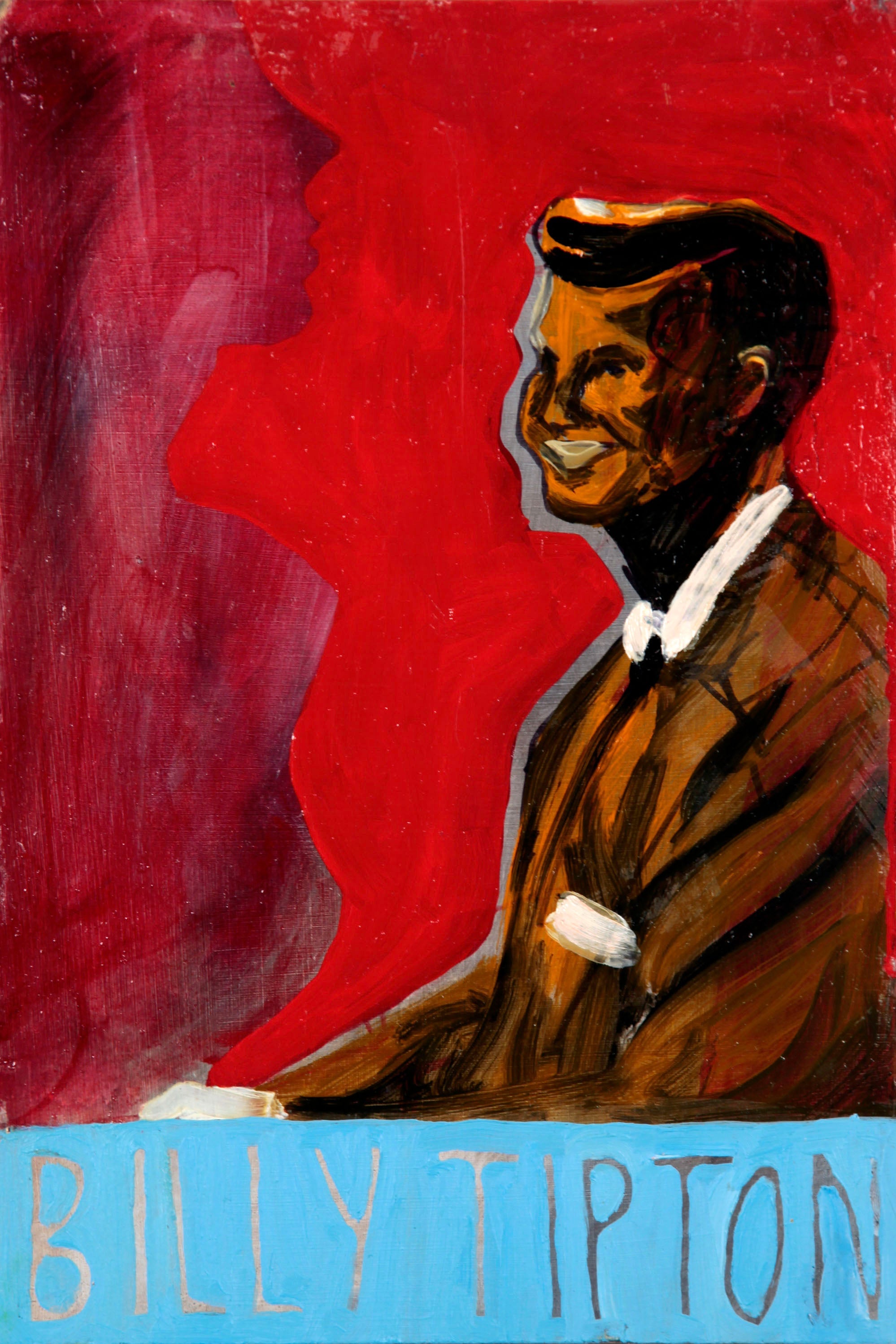
Billy Tipton
A jazz musician and bandleader who presented as a man throughout his adult life. His death in 1989 made headlines when it was discovered that his gender identity was different from his assigned sex at birth. Tipton did not leave behind any documentation about his identity or choices, and his death touched off an often cringe-inducing and transphobic national conversation about gender identity. In recent years, Tipton has largely been understood to have been transgender and has even been embraced by many as a trans pioneer.
Recommended Work: Tipton is more notable for being a figure at the crossroads of our shifting understanding of gender identity than for his artistic output. “Imagining Billy Tipton,” a recent episode of the Lost Notes podcast, reexamines the many narratives constructed about his life. ⬆
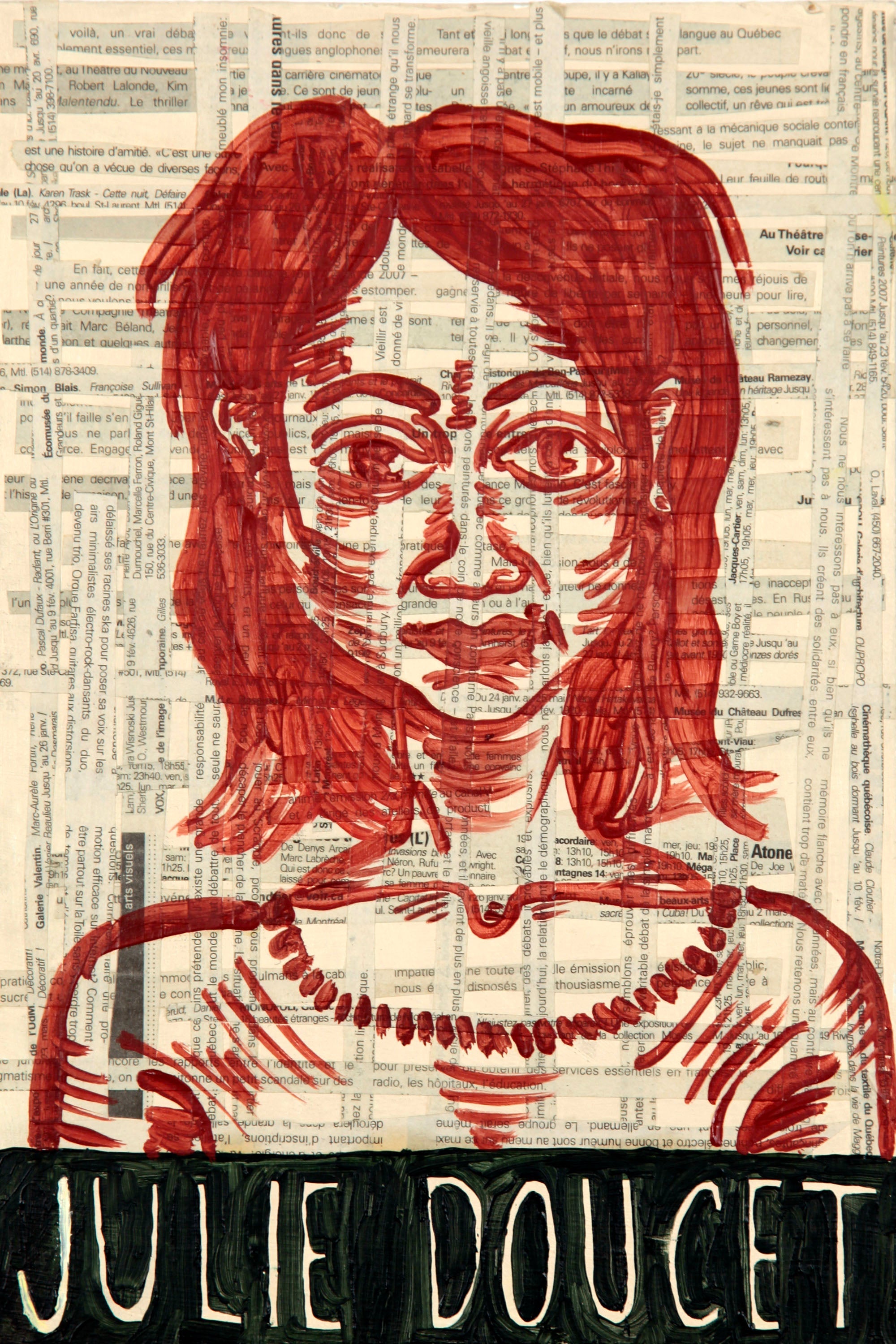
Julie Doucet
A Canadian artist who made waves—and made way for women—in the predominantly male-dominated underground comics scene in the late 1980s and 1990s with her marvelously transgressive, semi-autobiographical comic zine Dirty Plotte. She won the Harvey Award for Best New Talent in 1991.
Recommended Work: Dirty Plotte: The Complete Julie Doucet collects the entire series and is a must-read. ⬆
Paintings by Kirsten McCrea. Interactive by Jonathan Zuckerman.